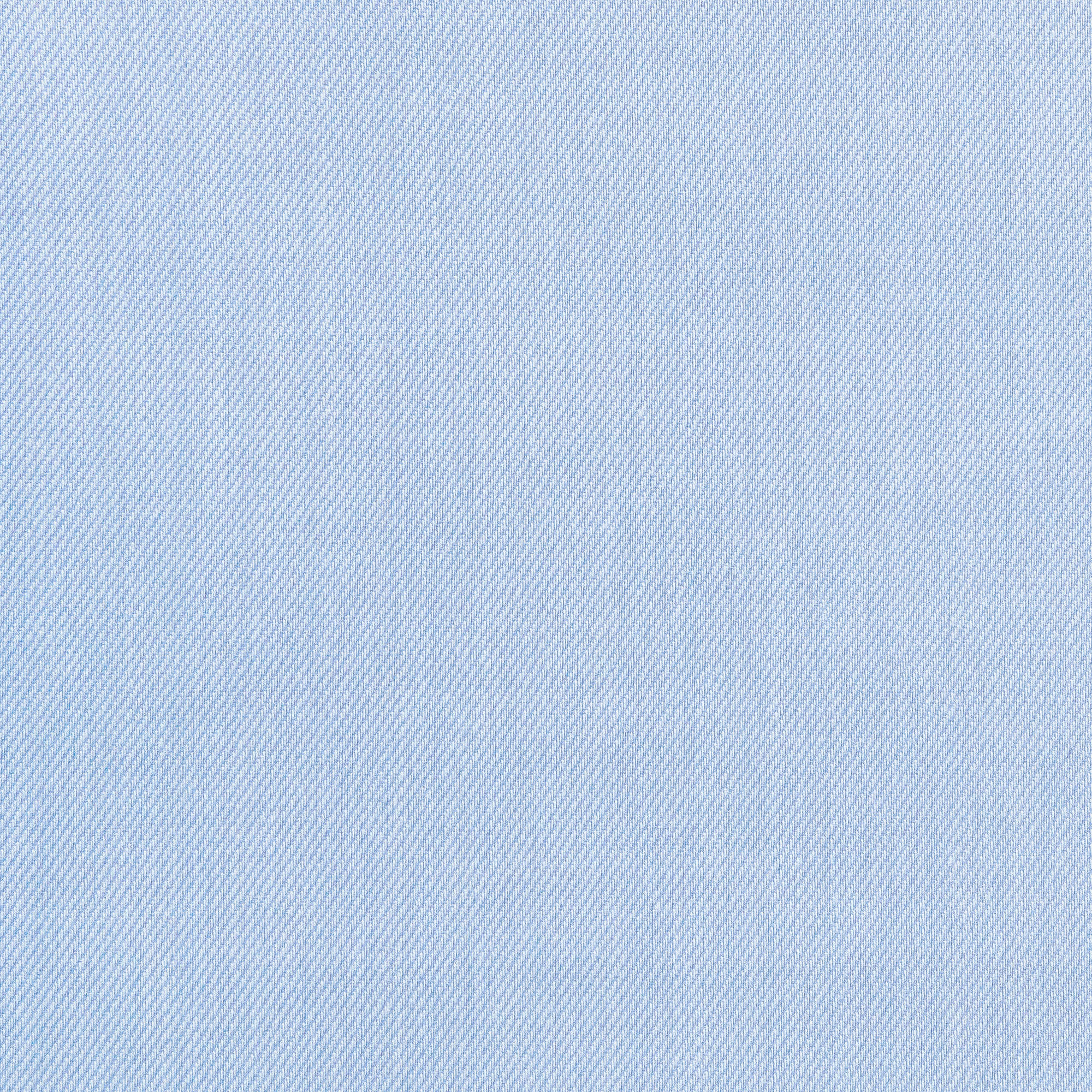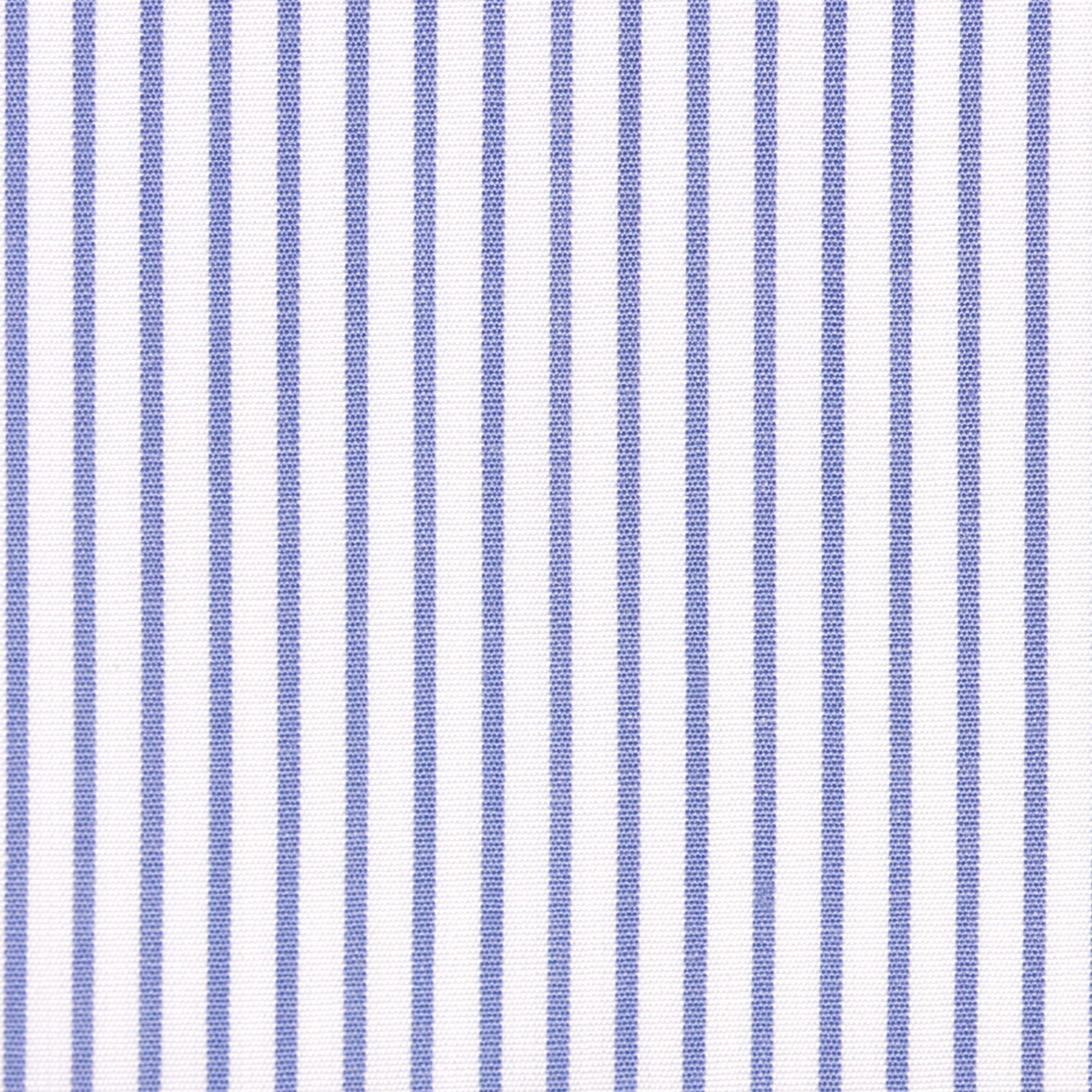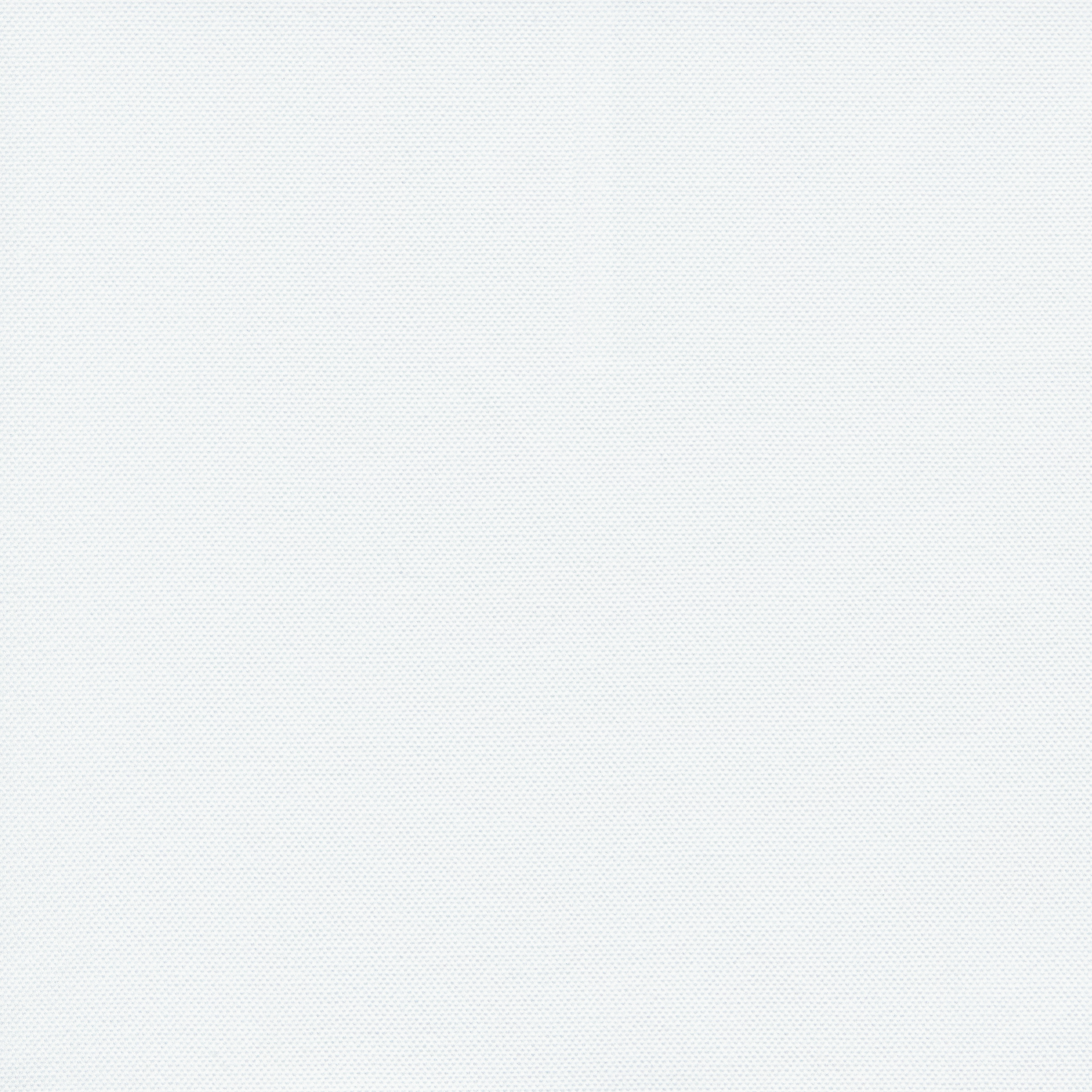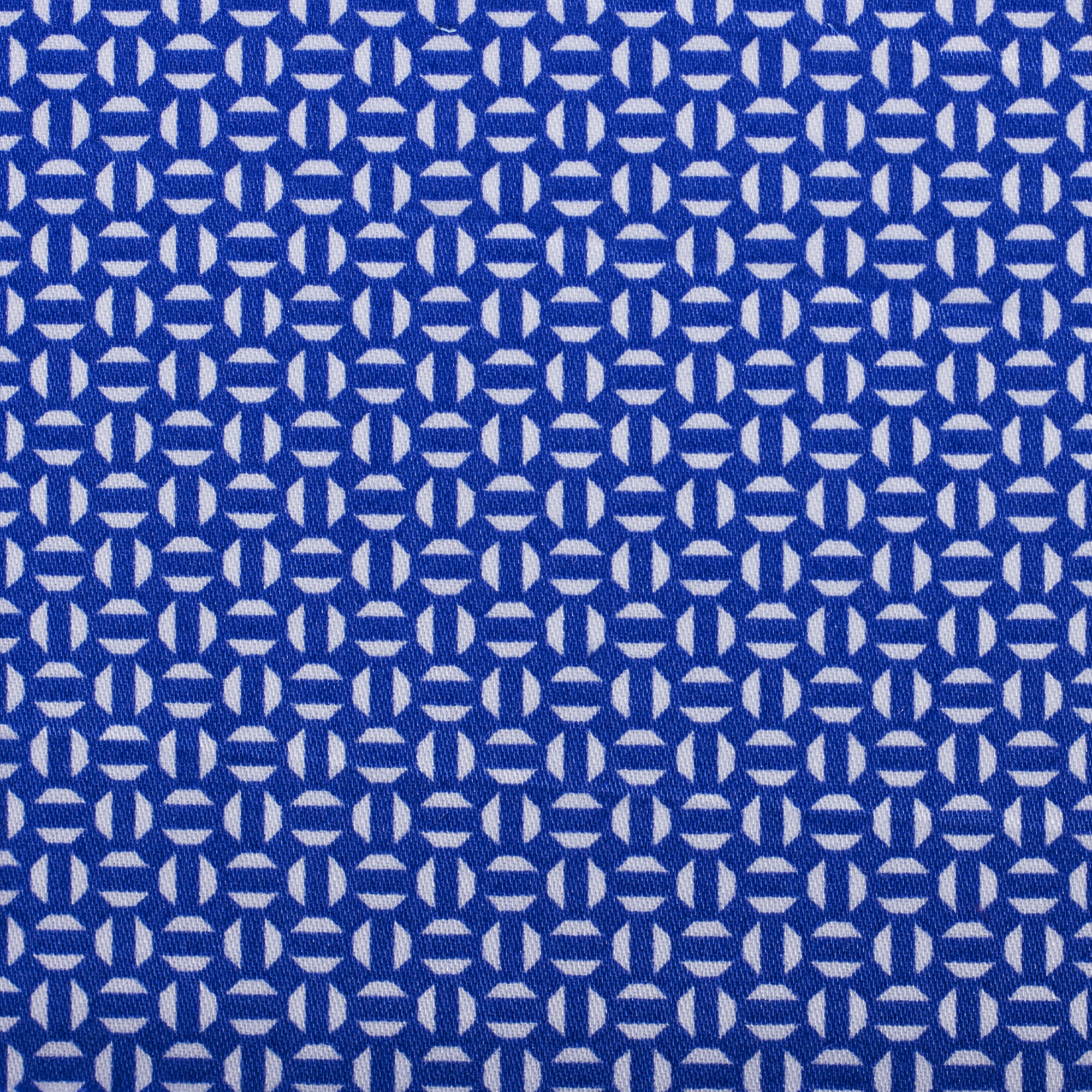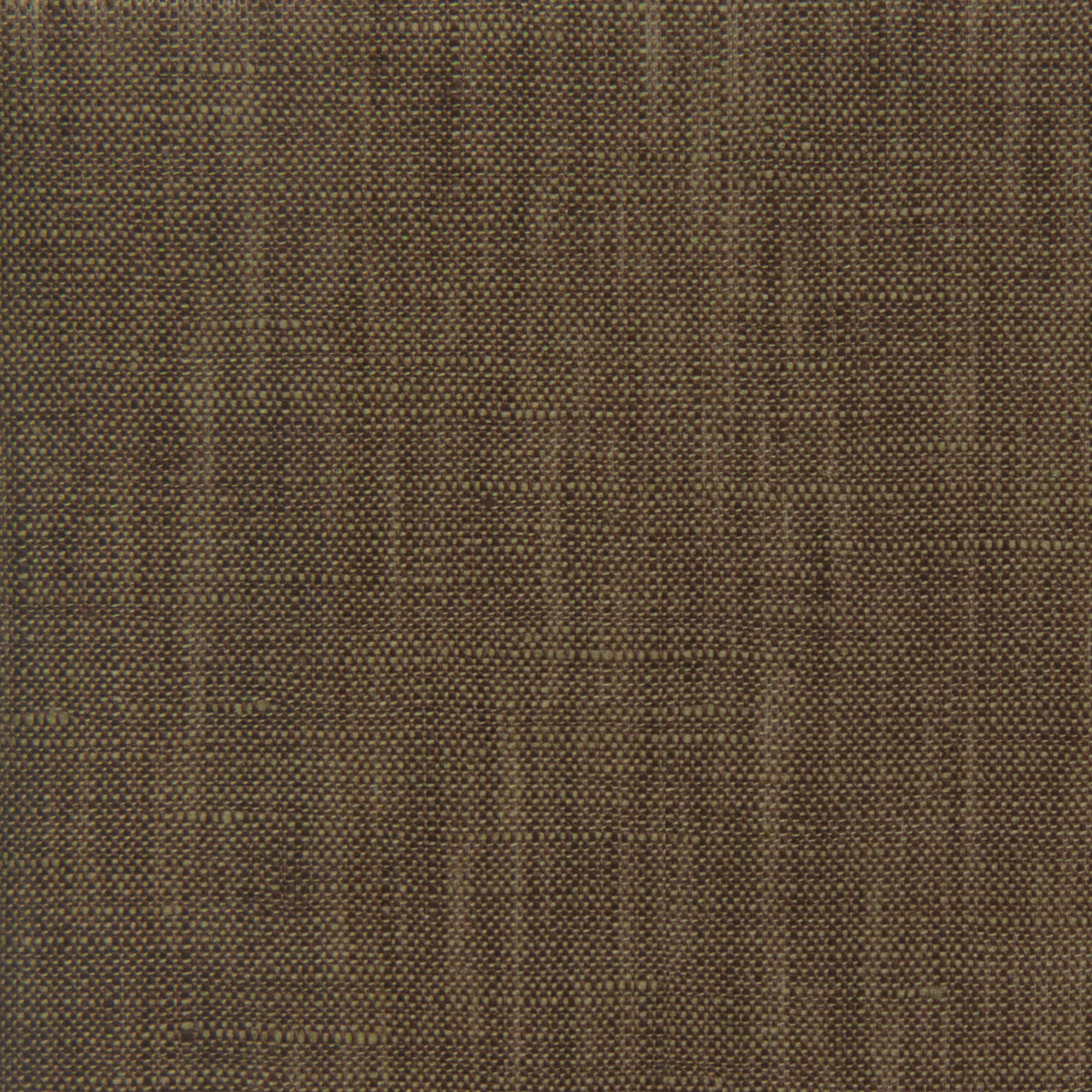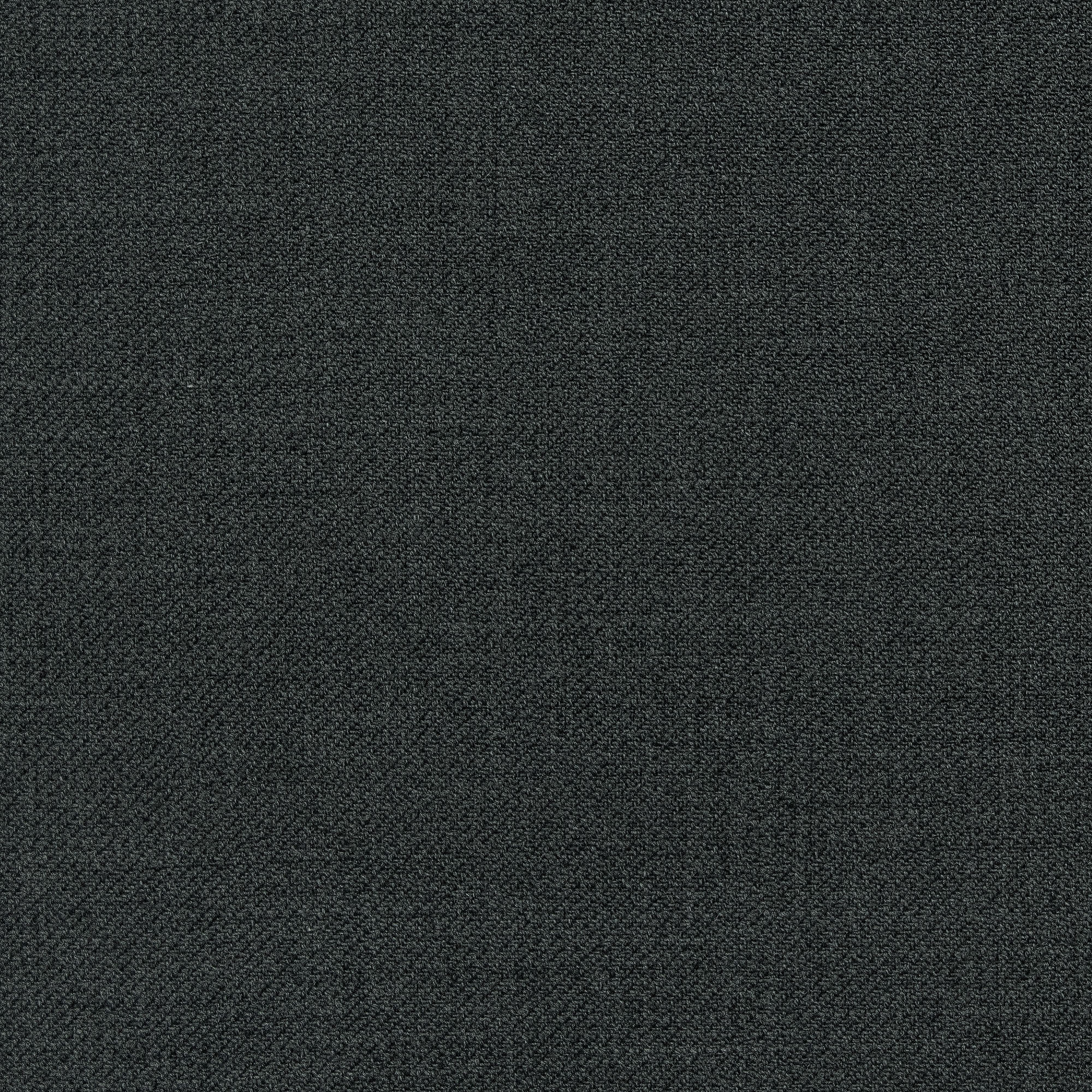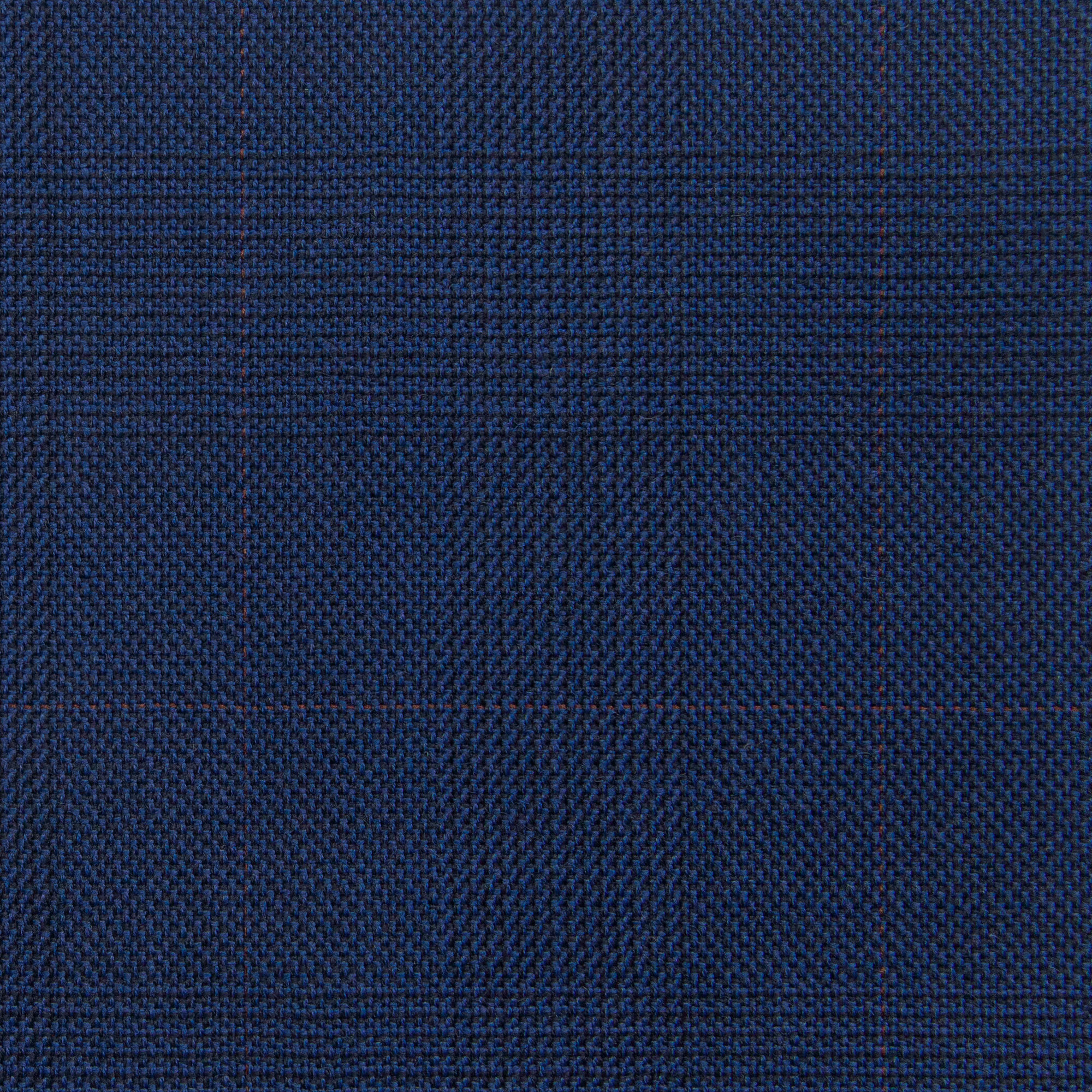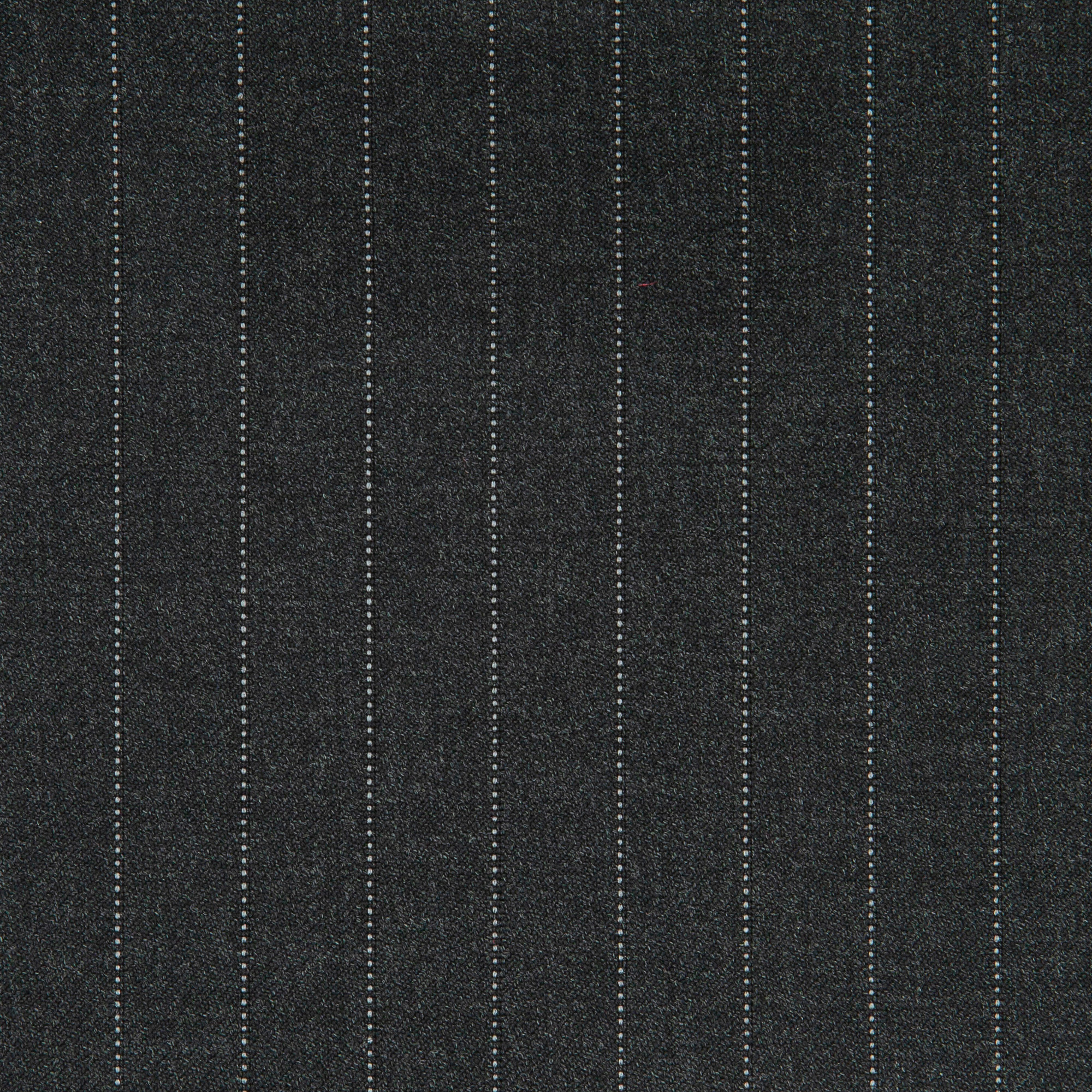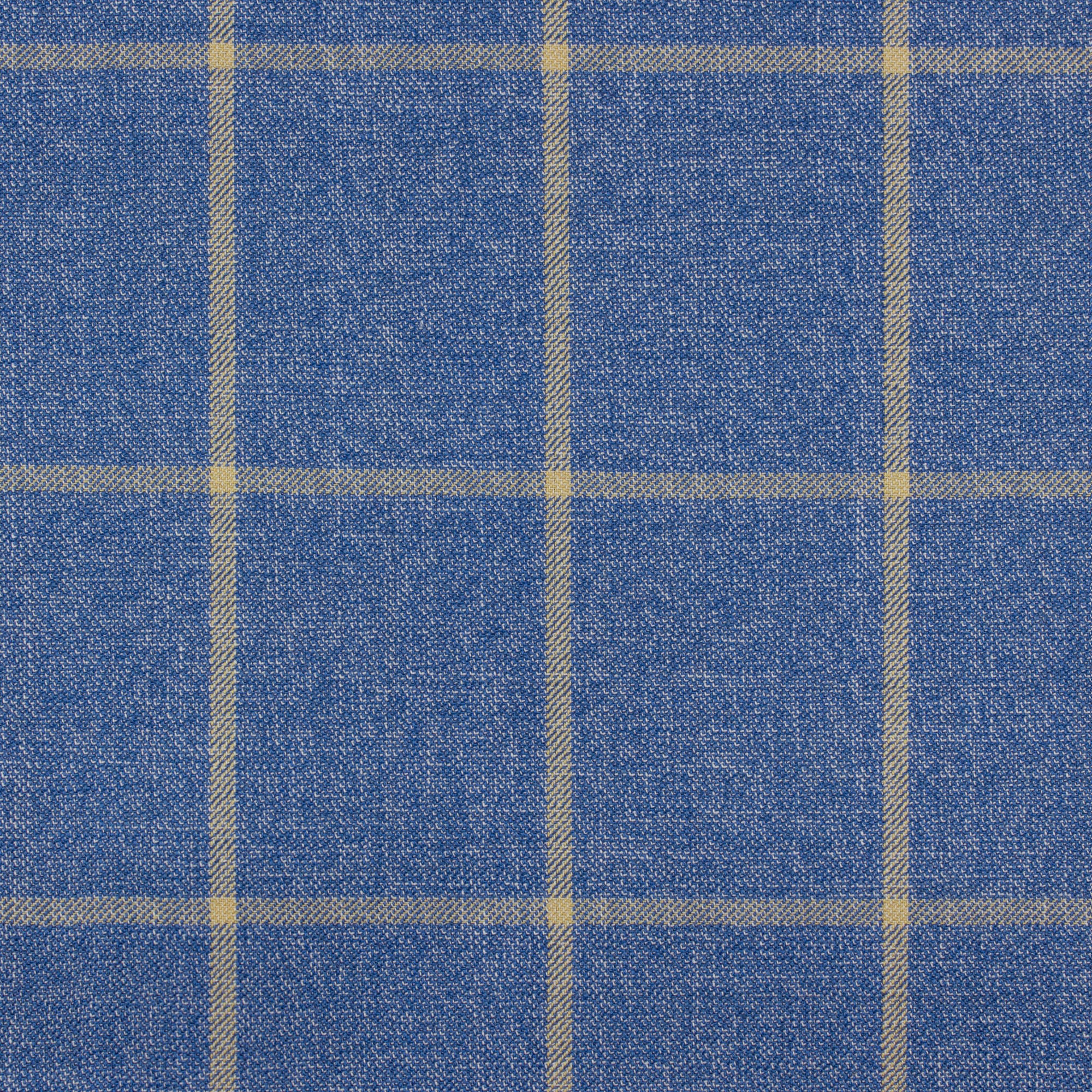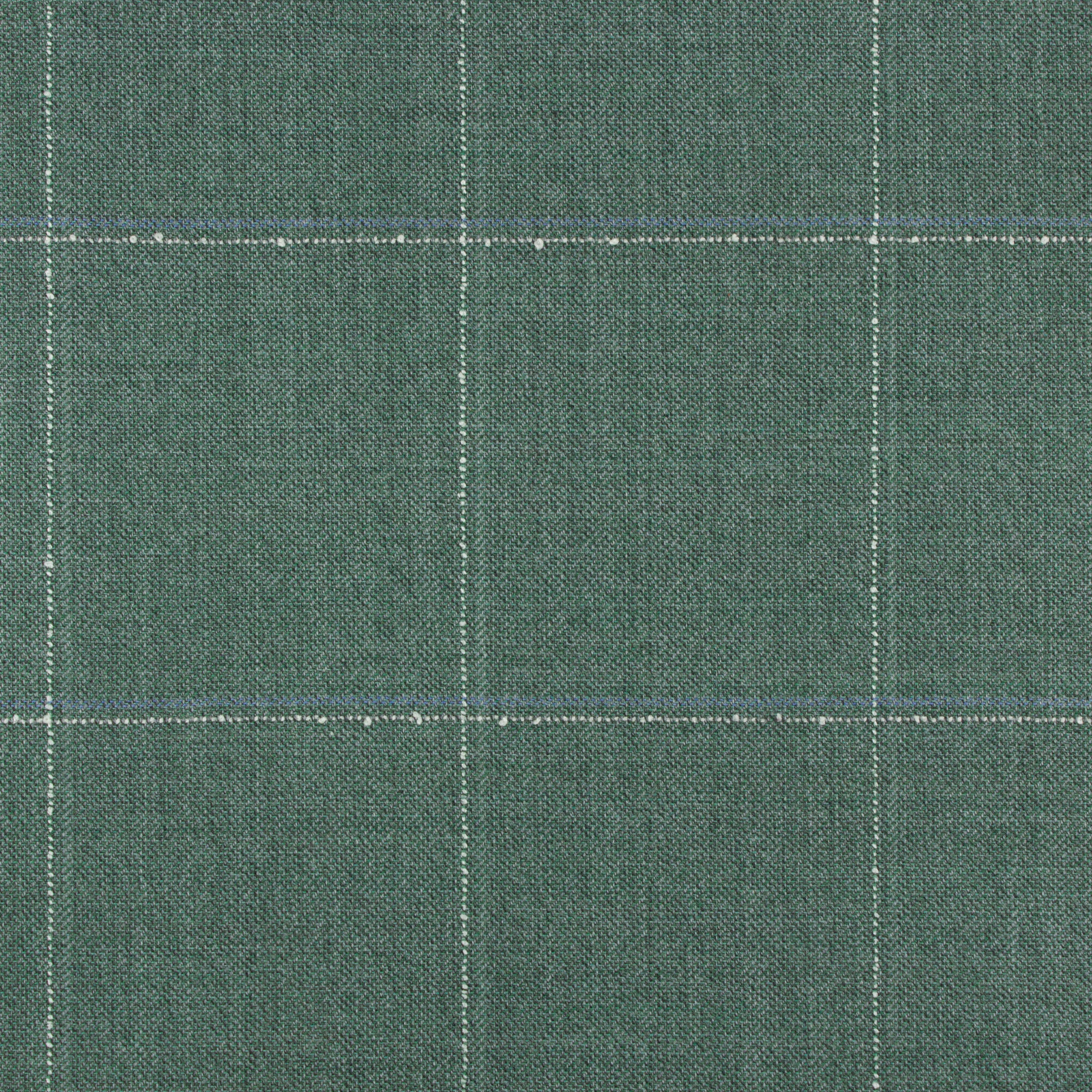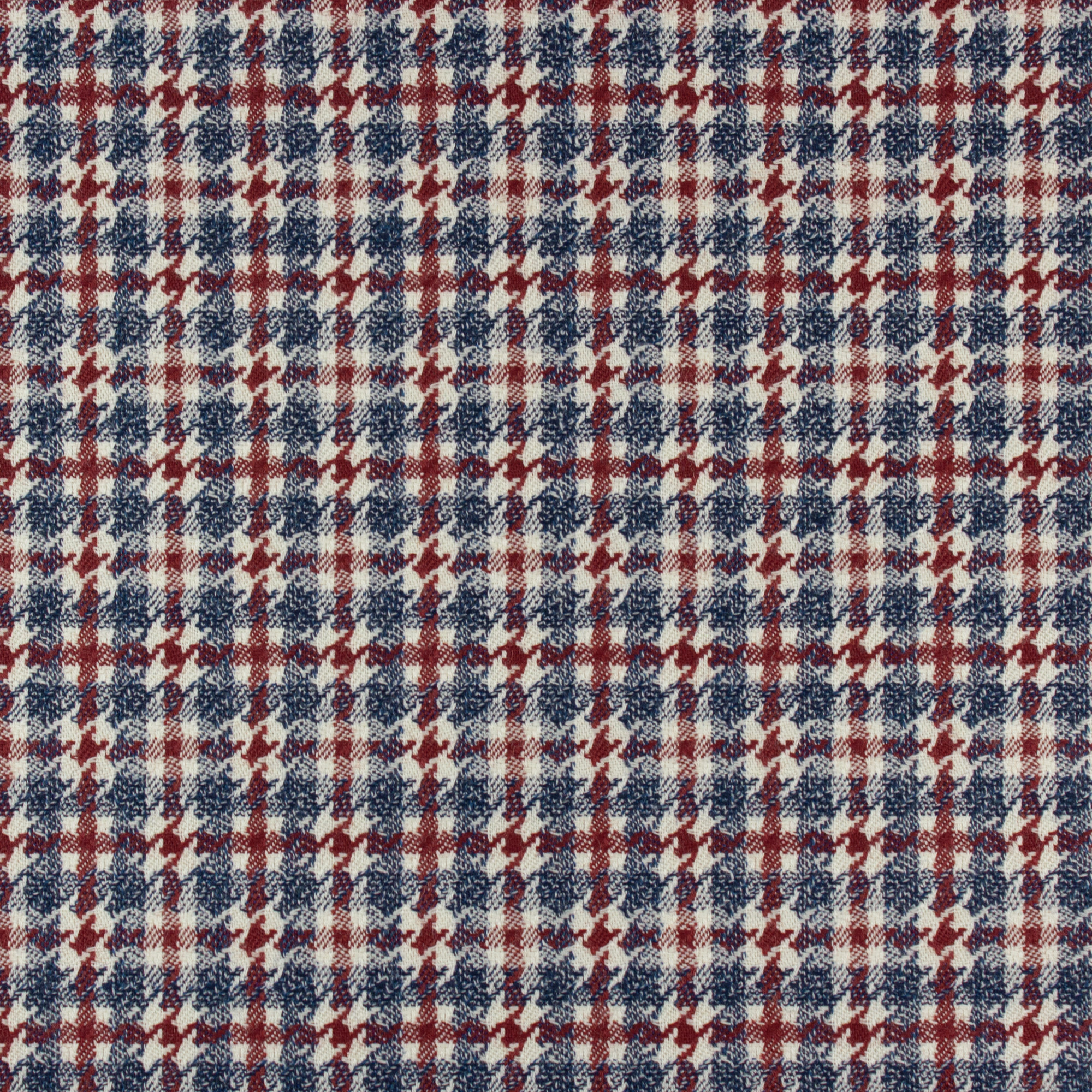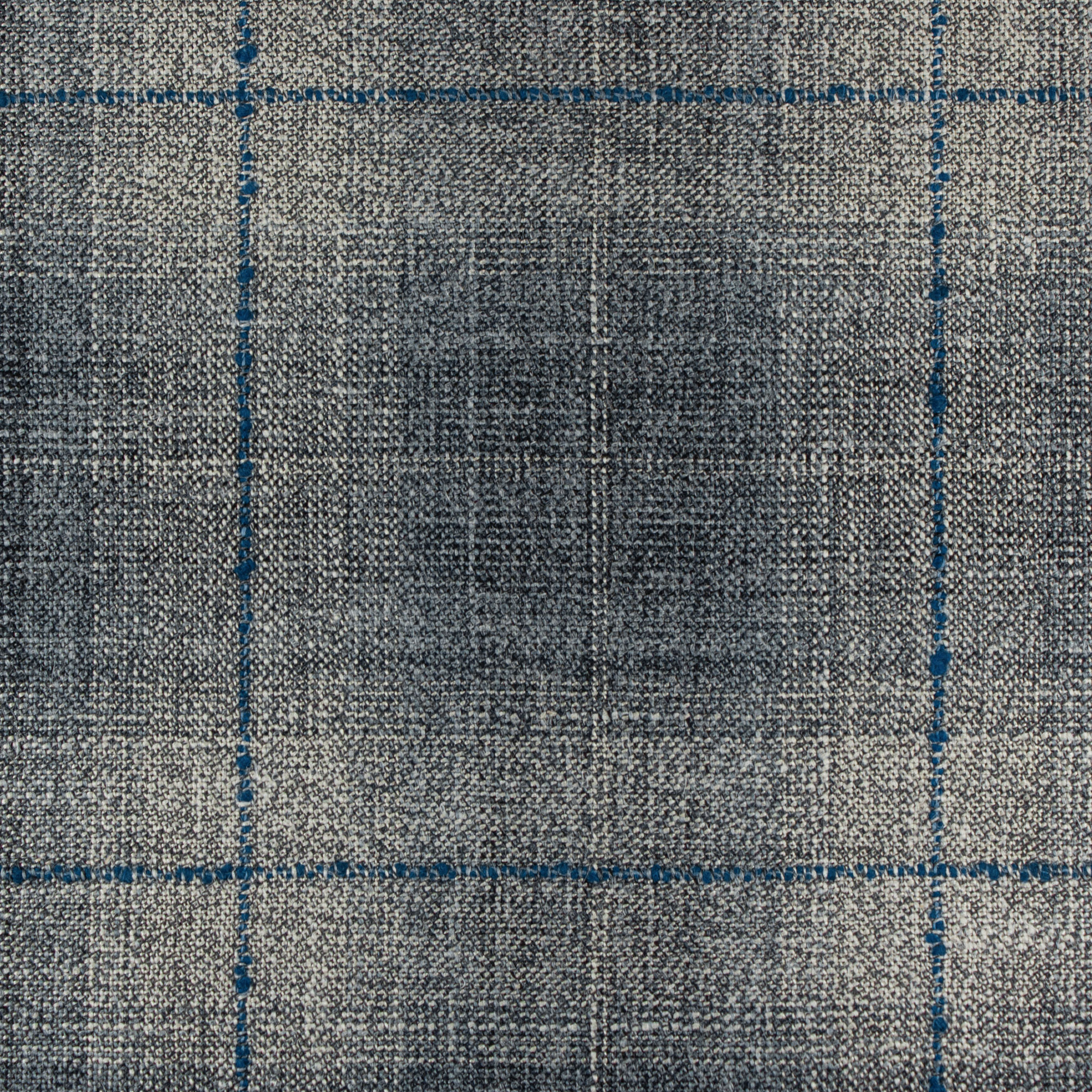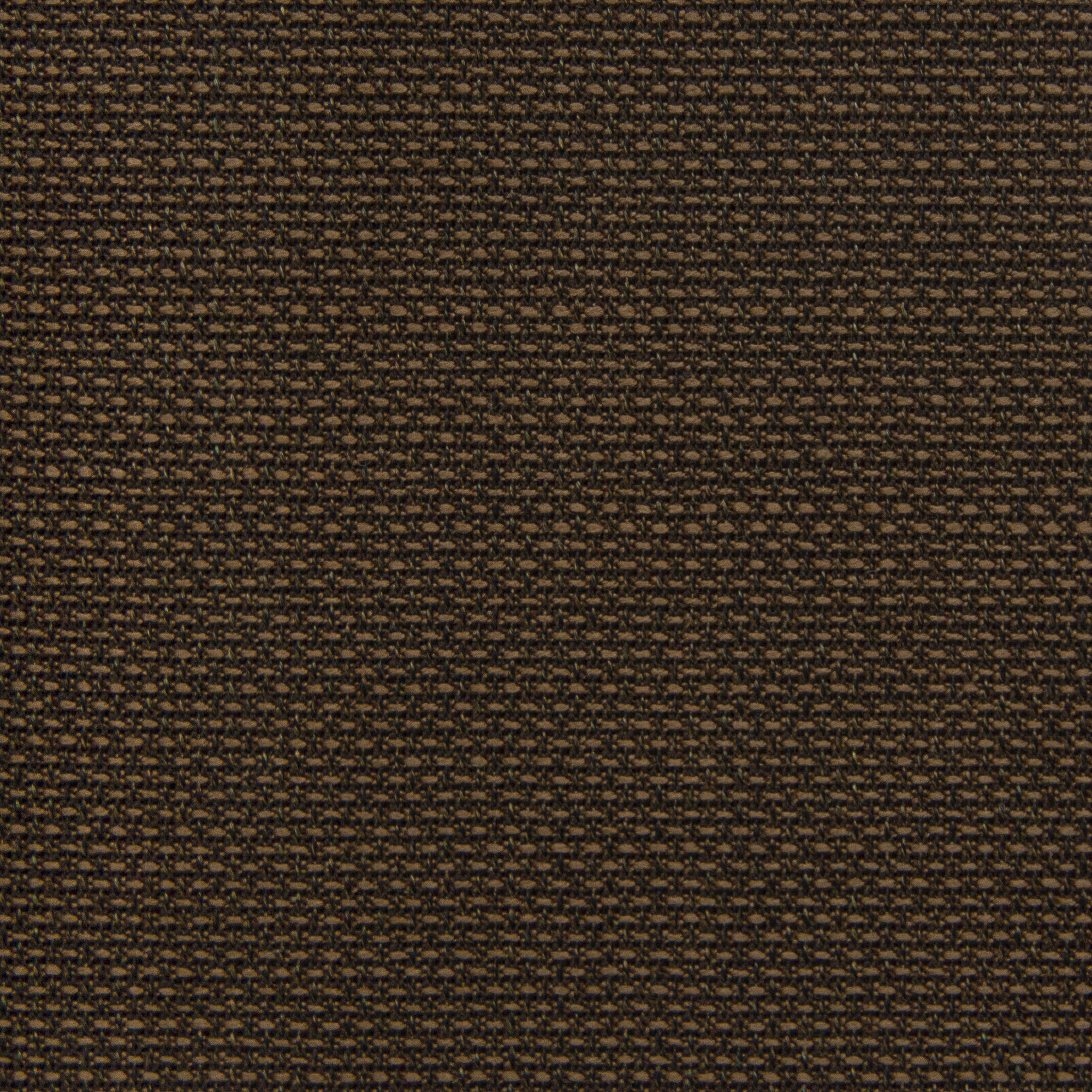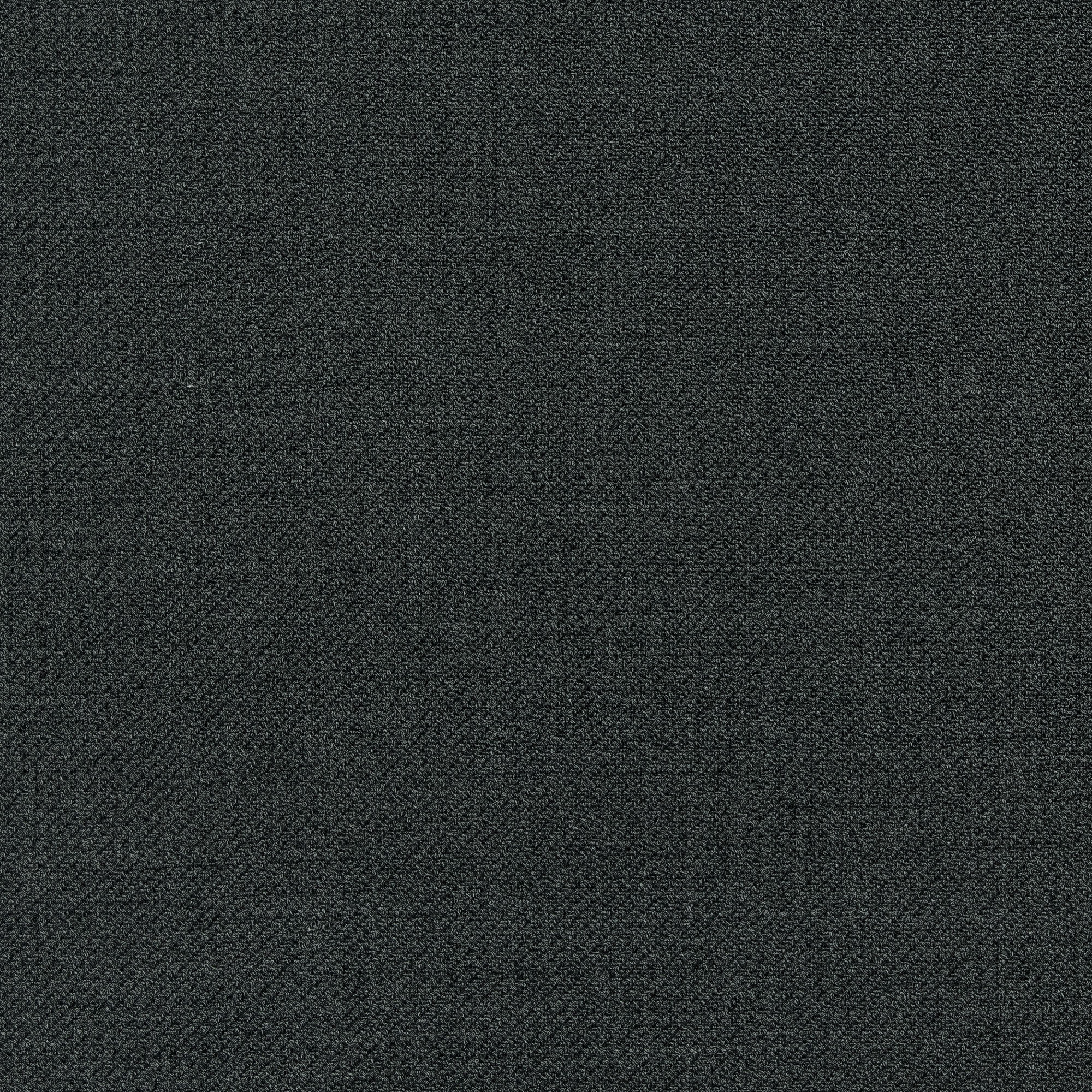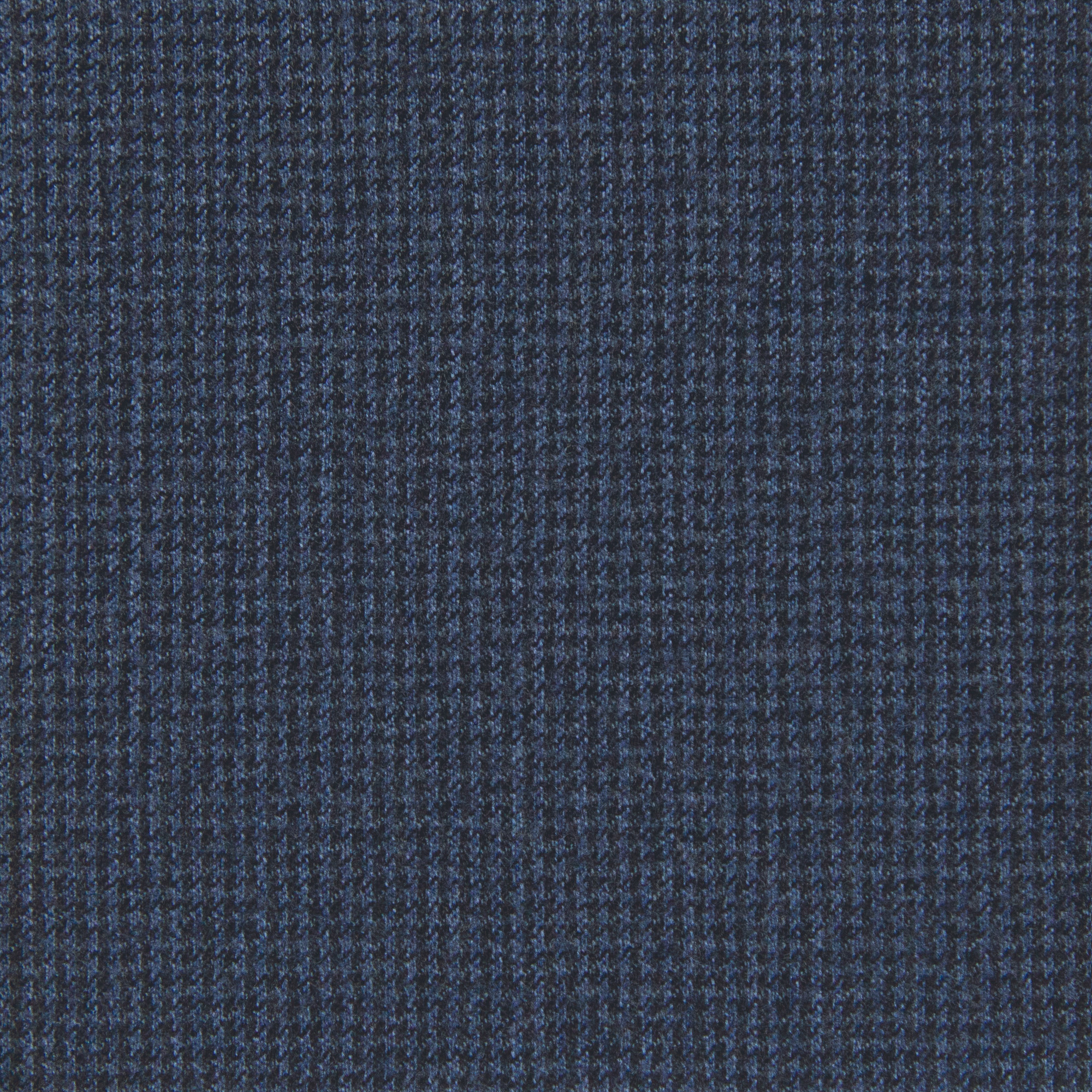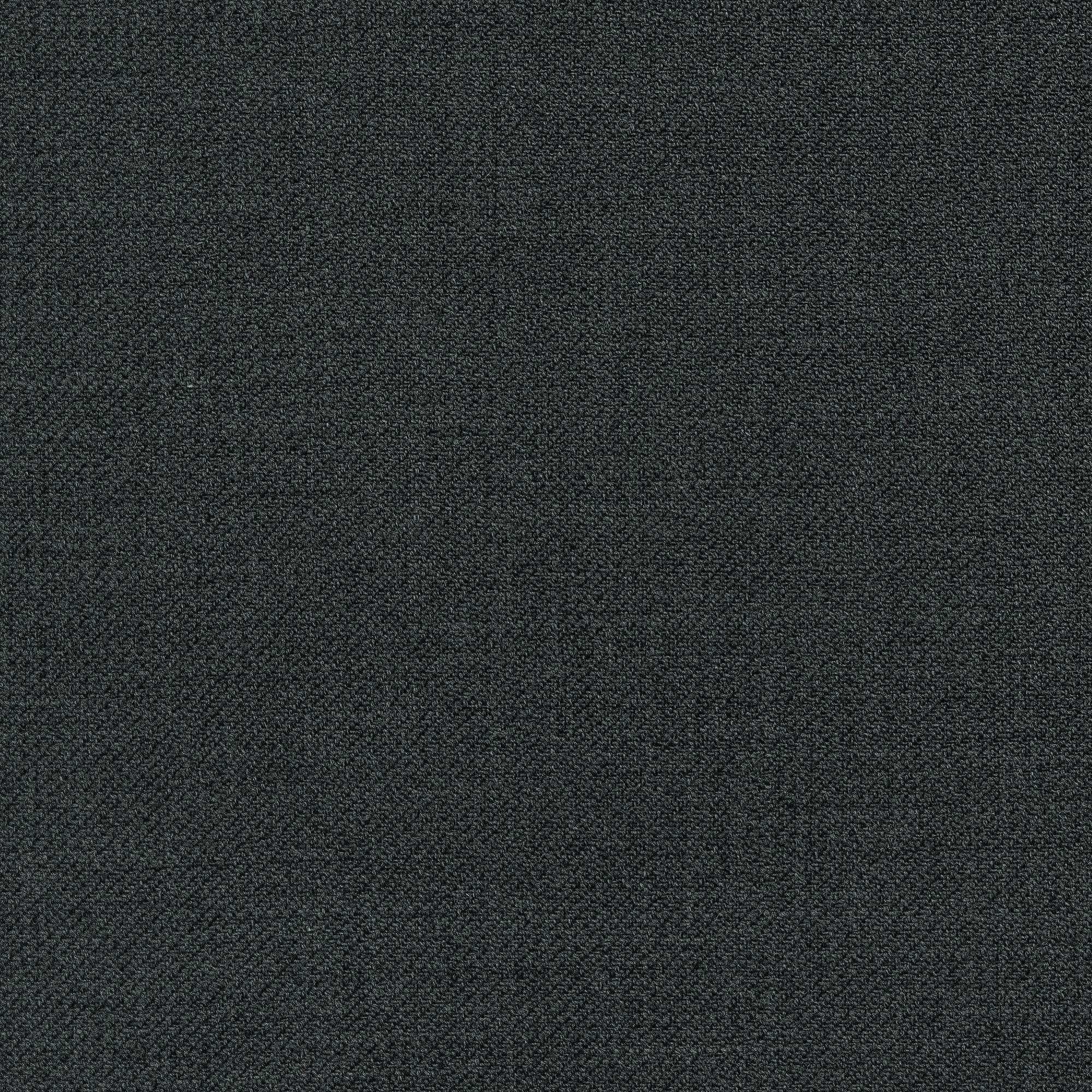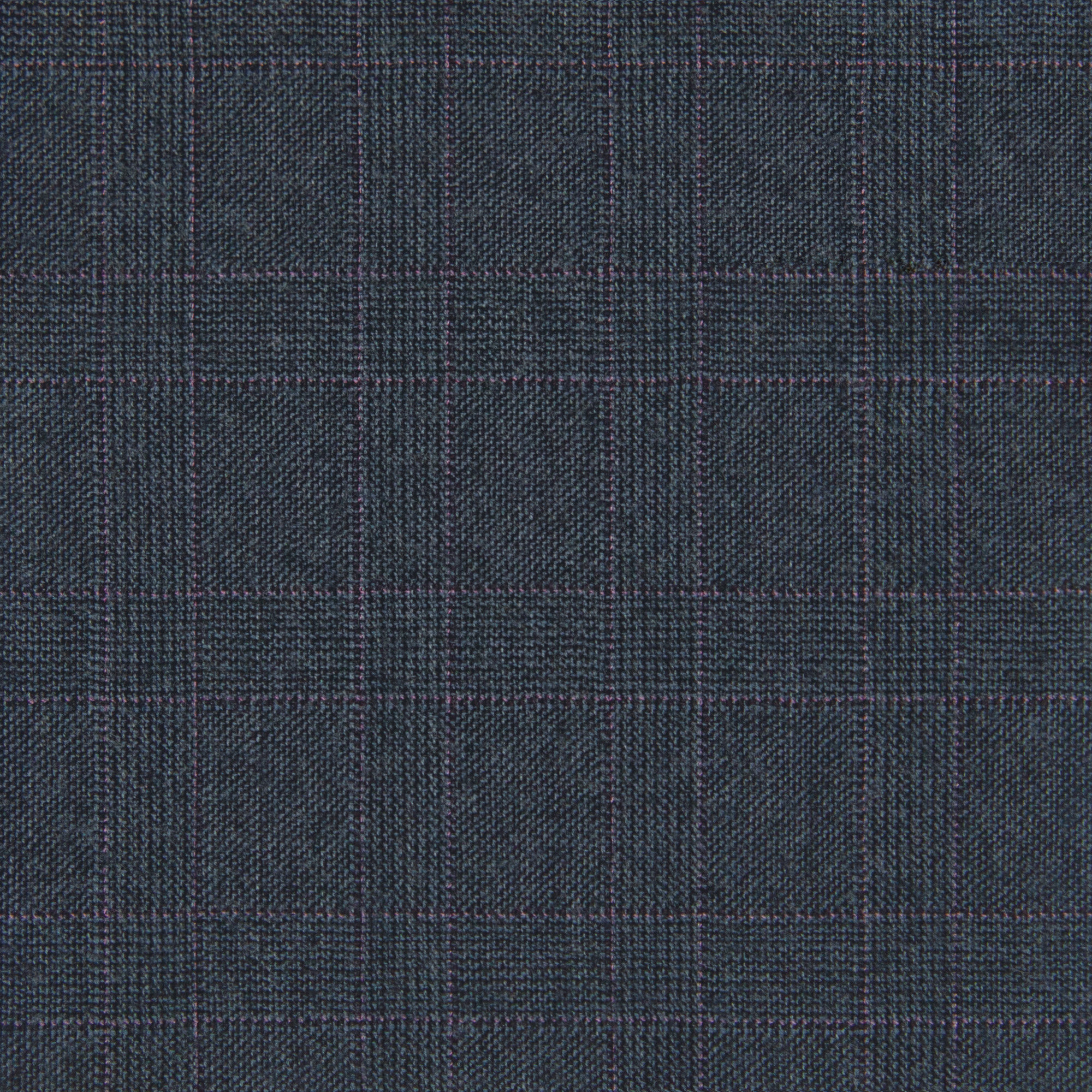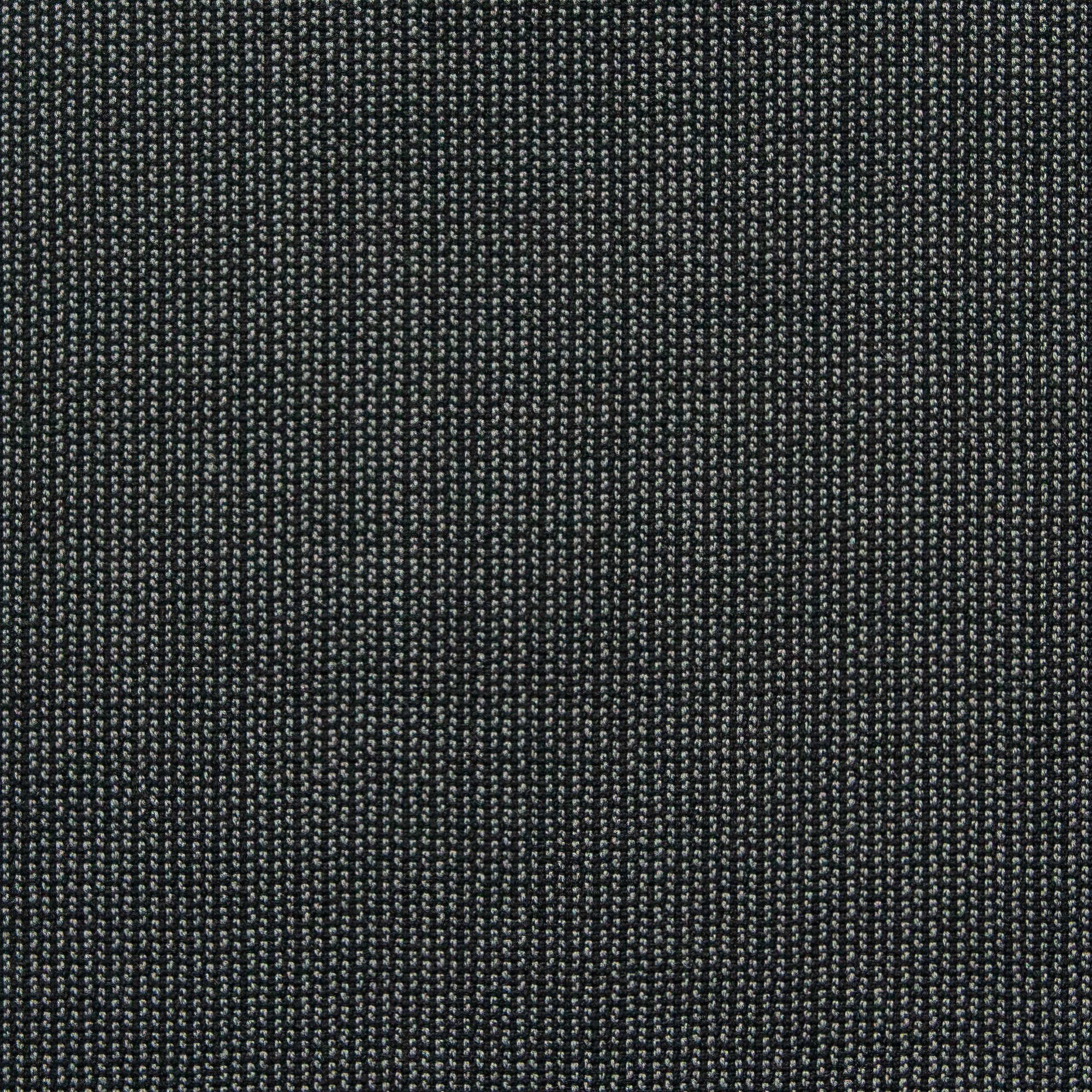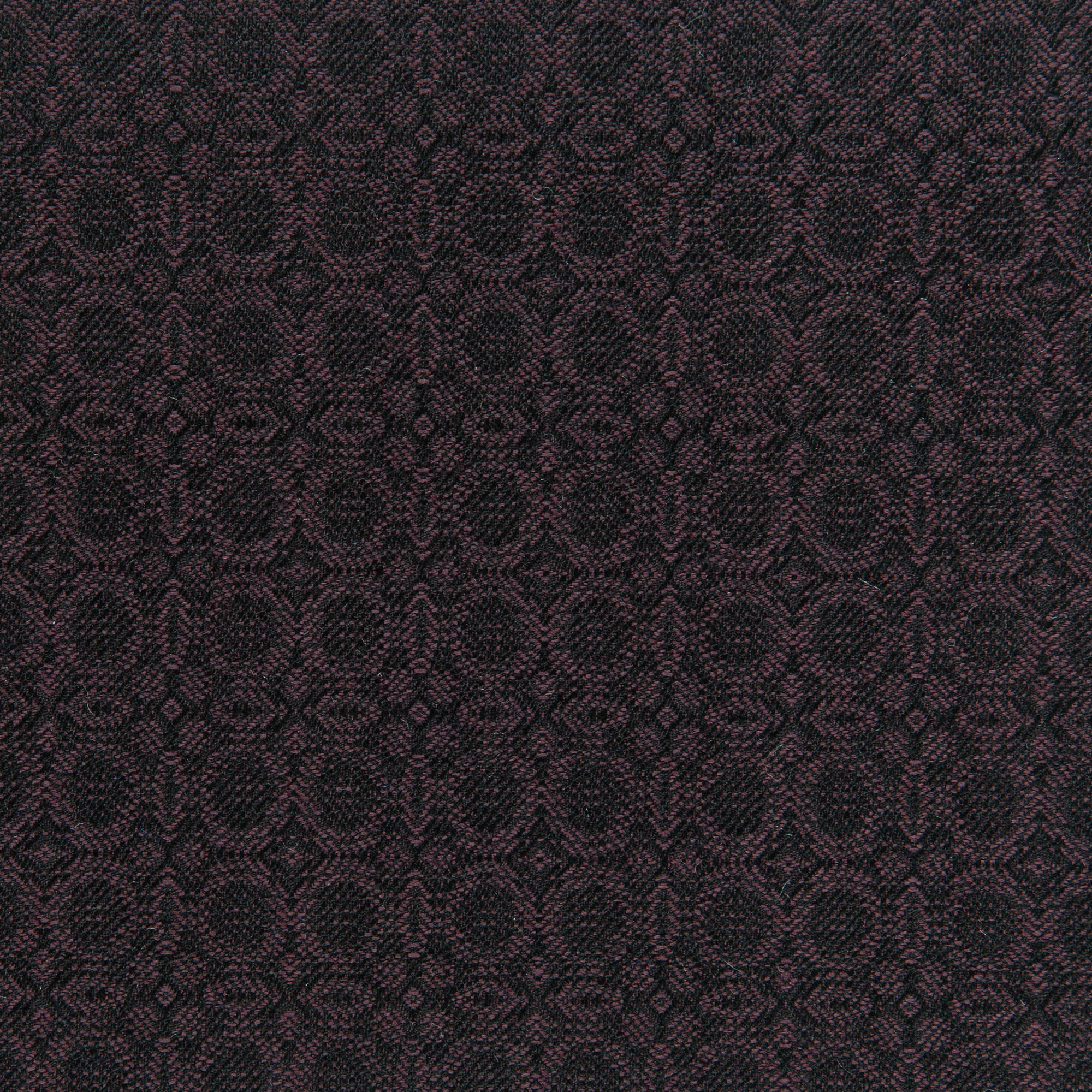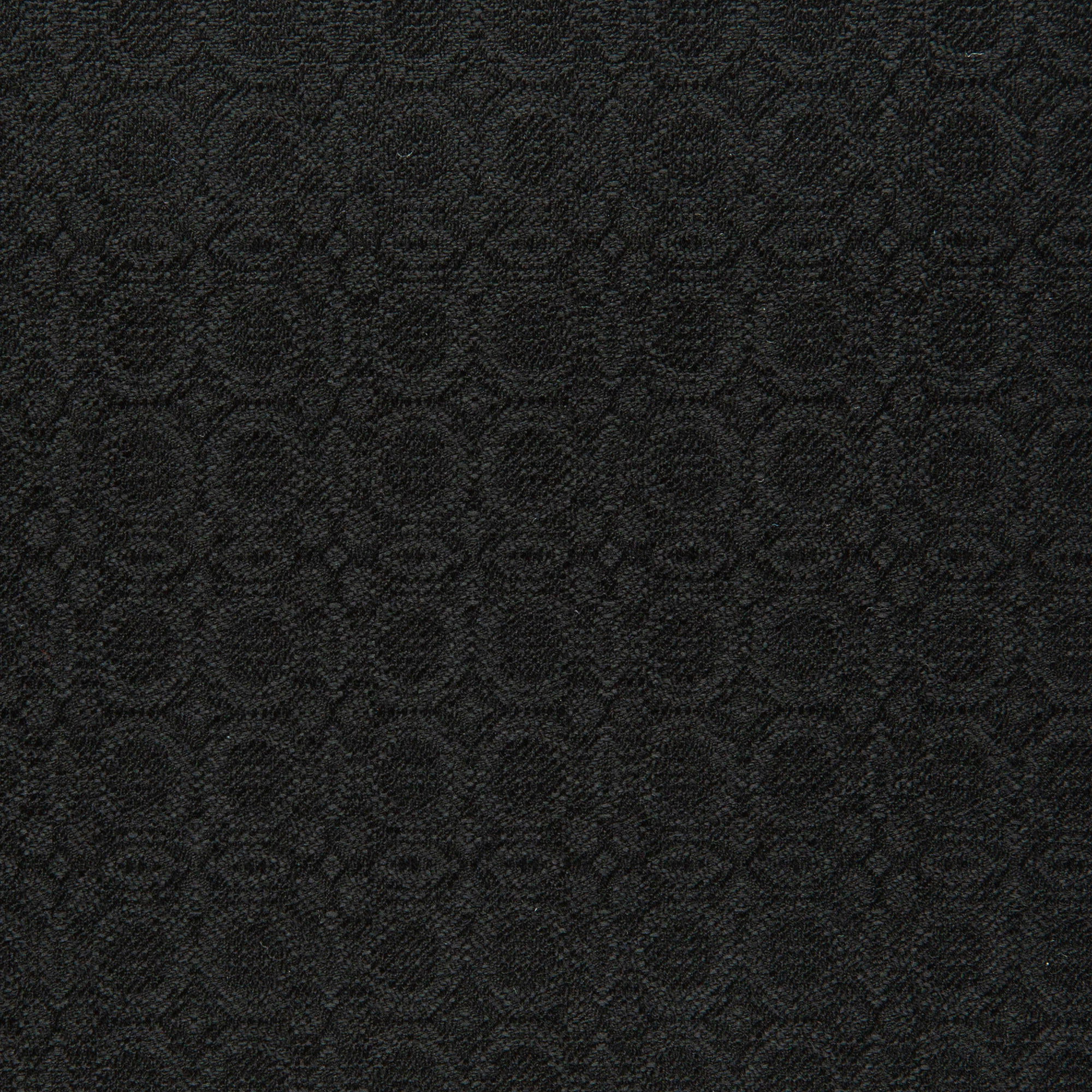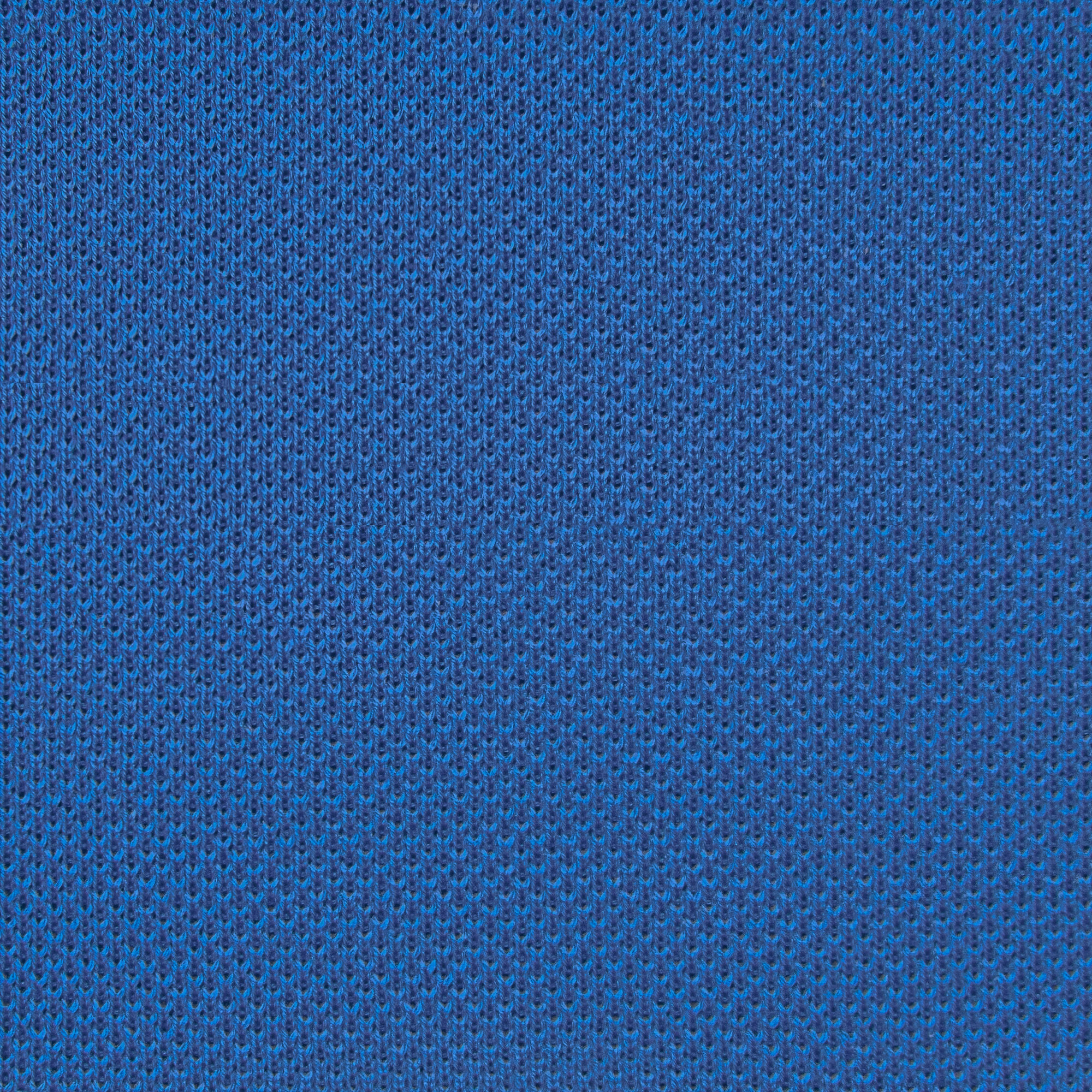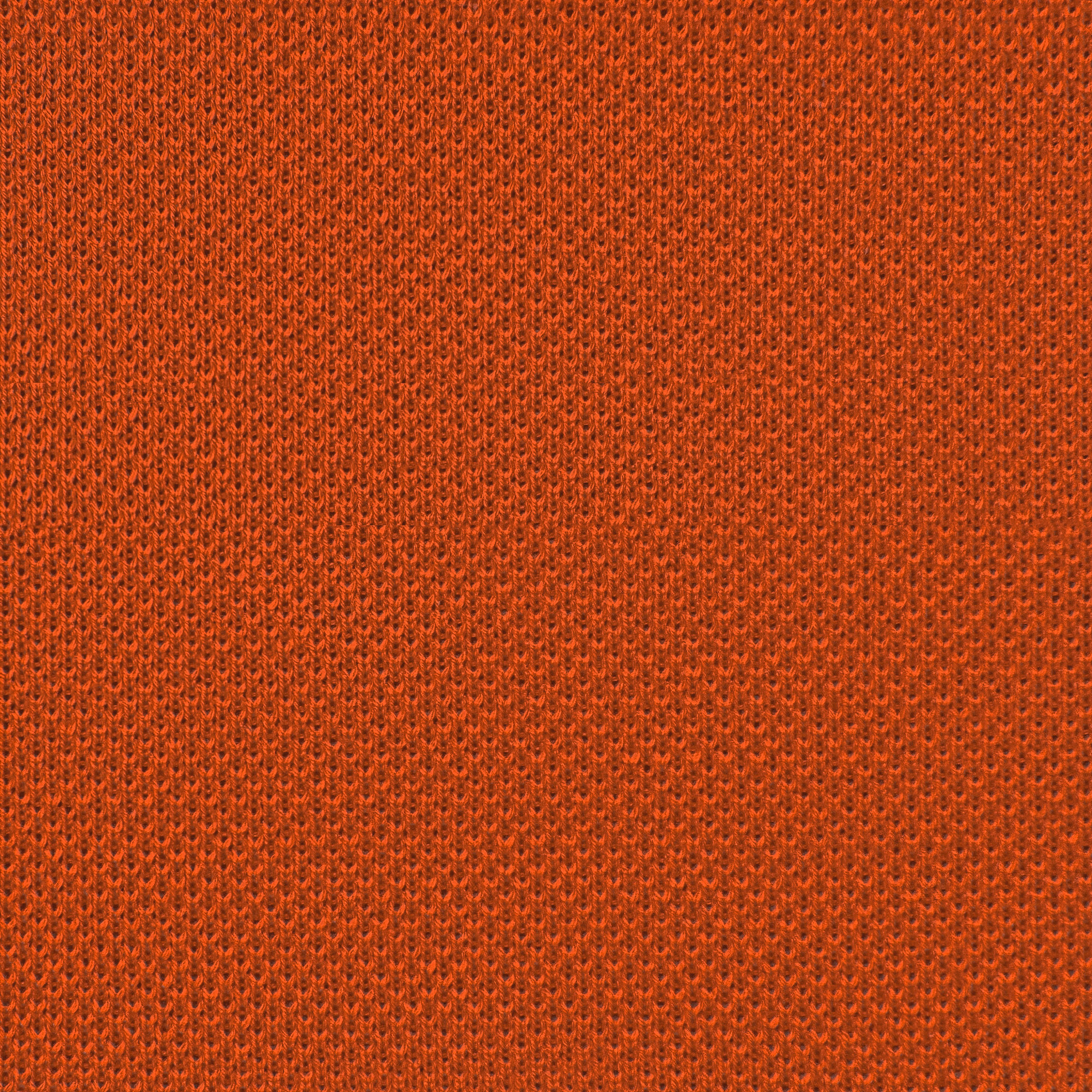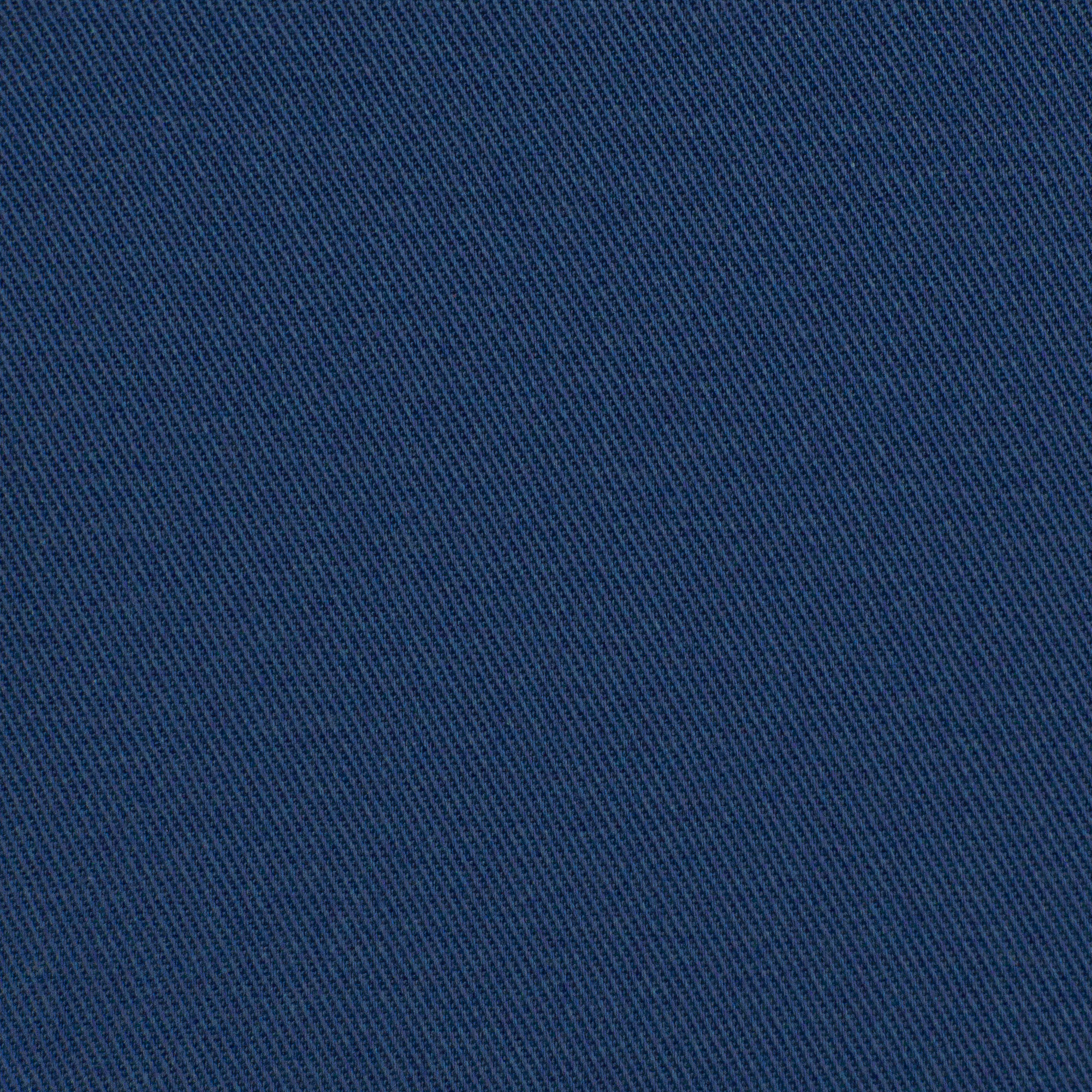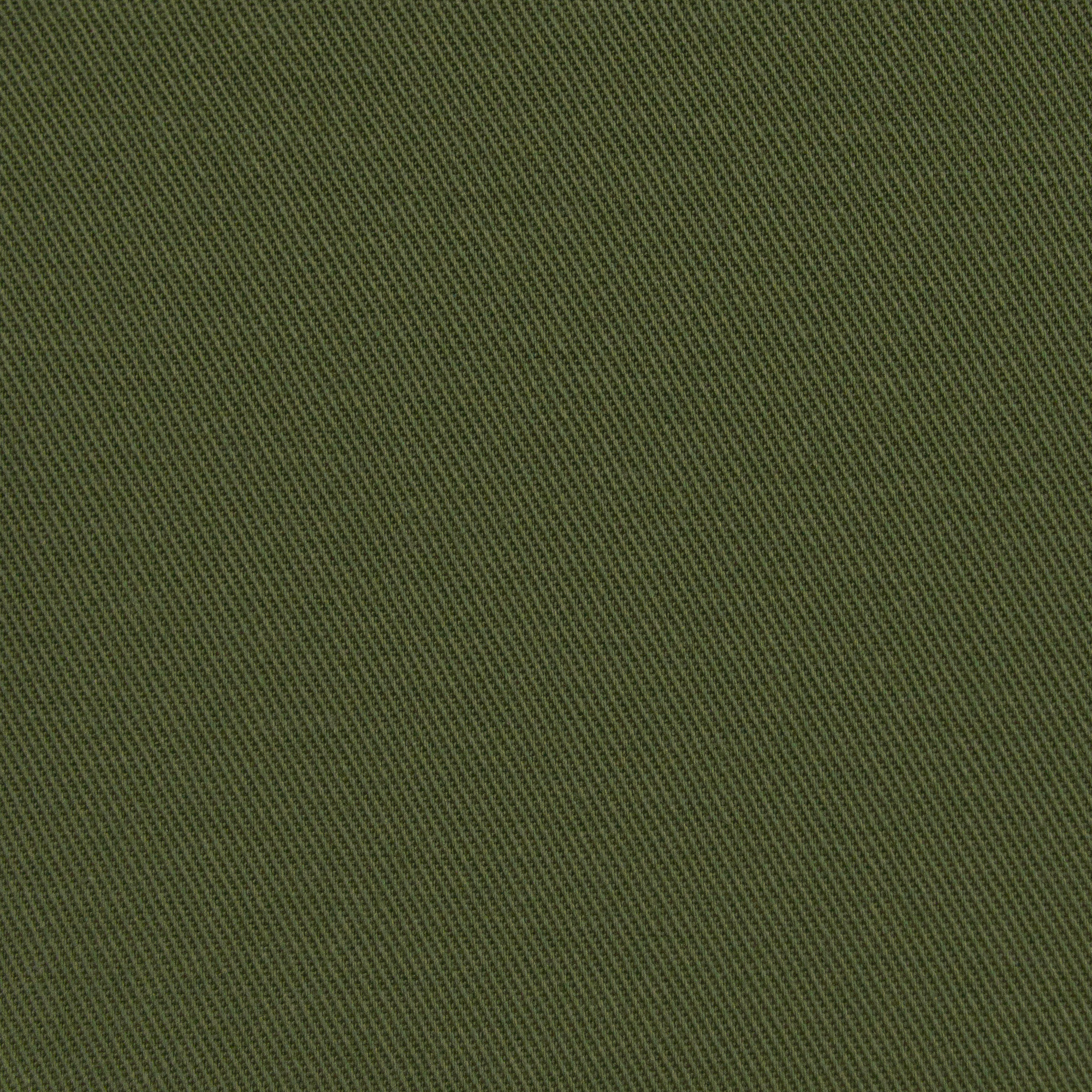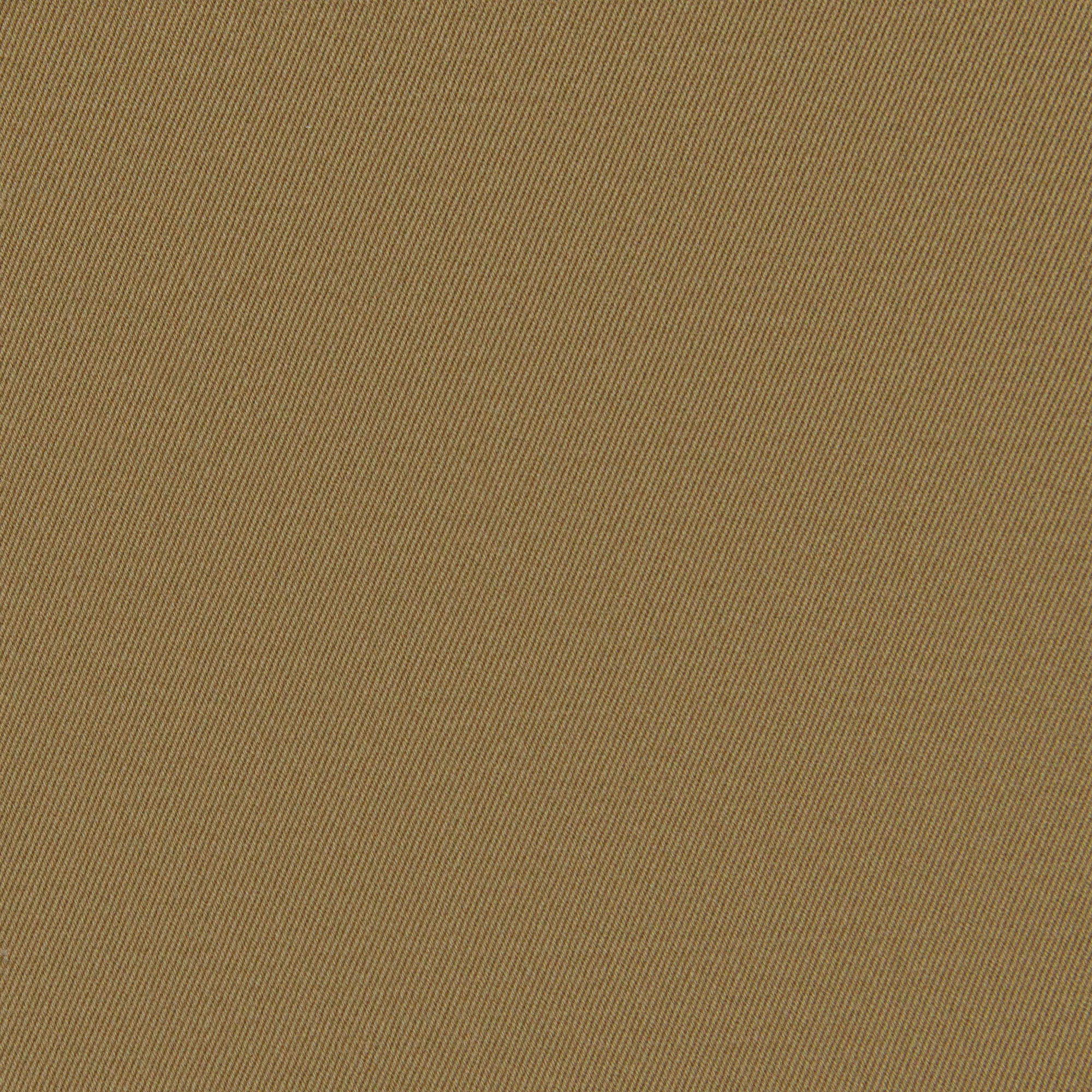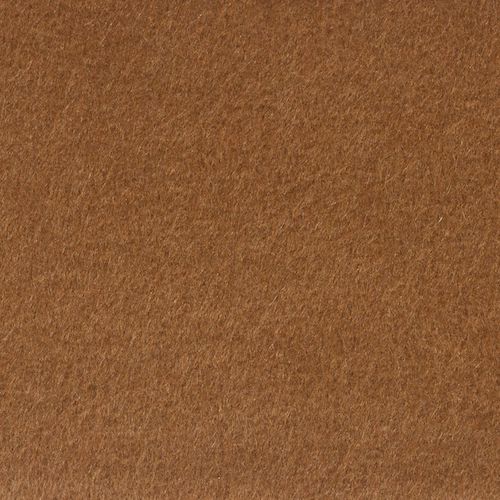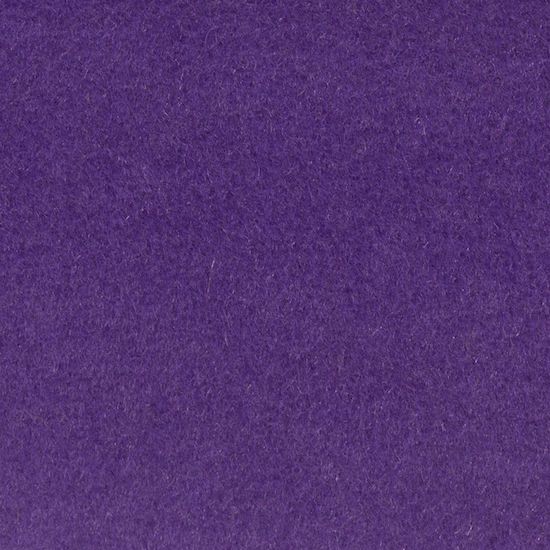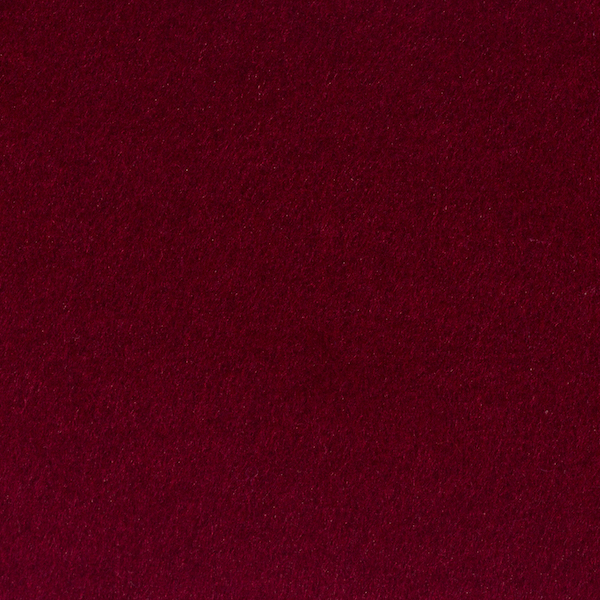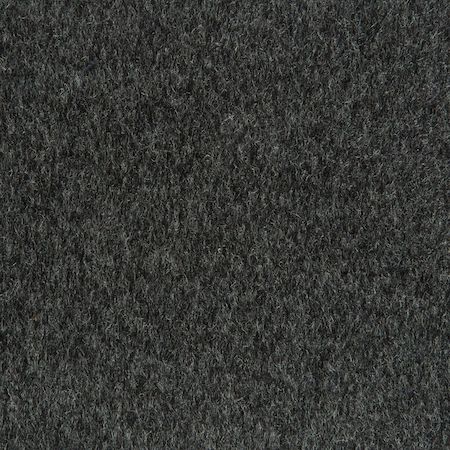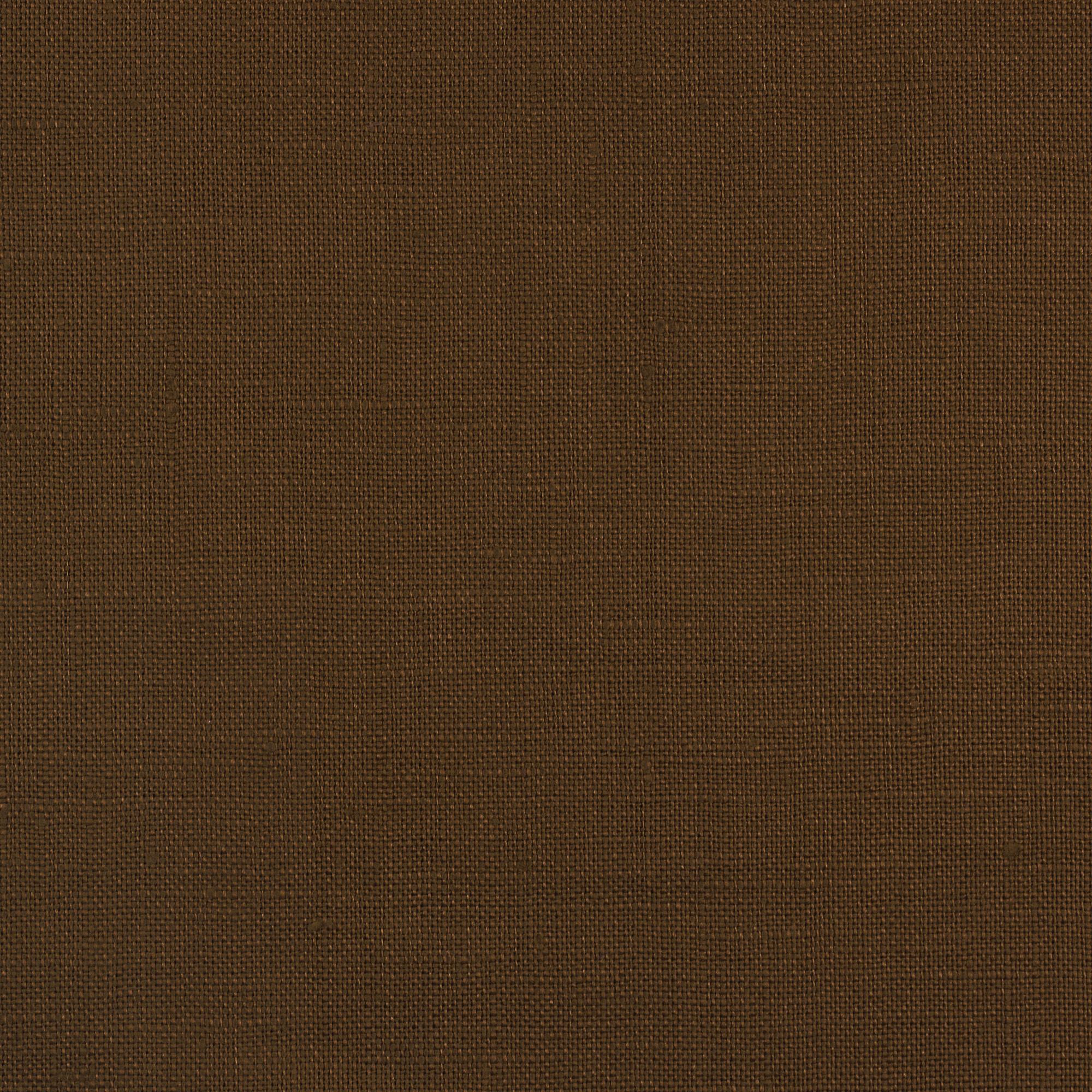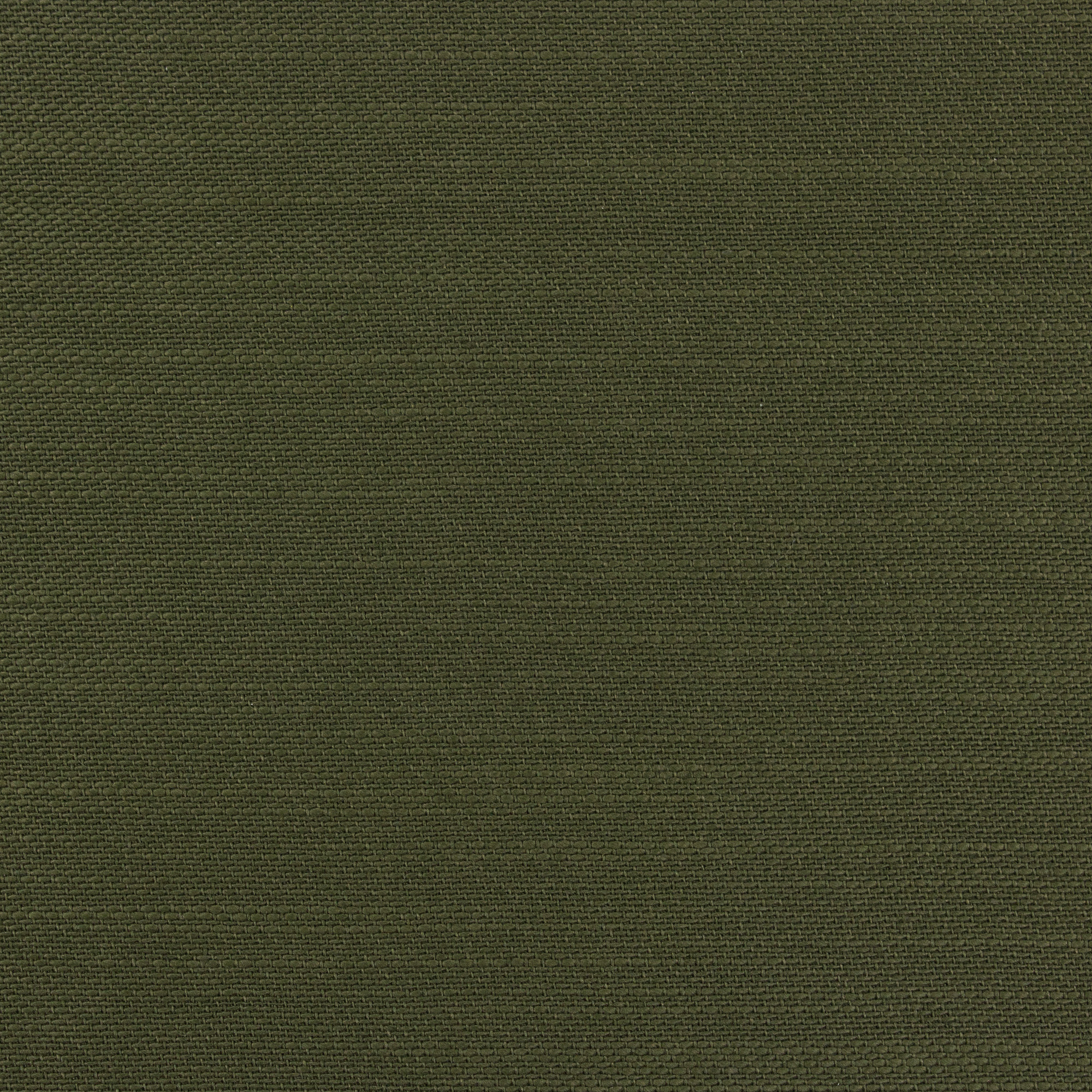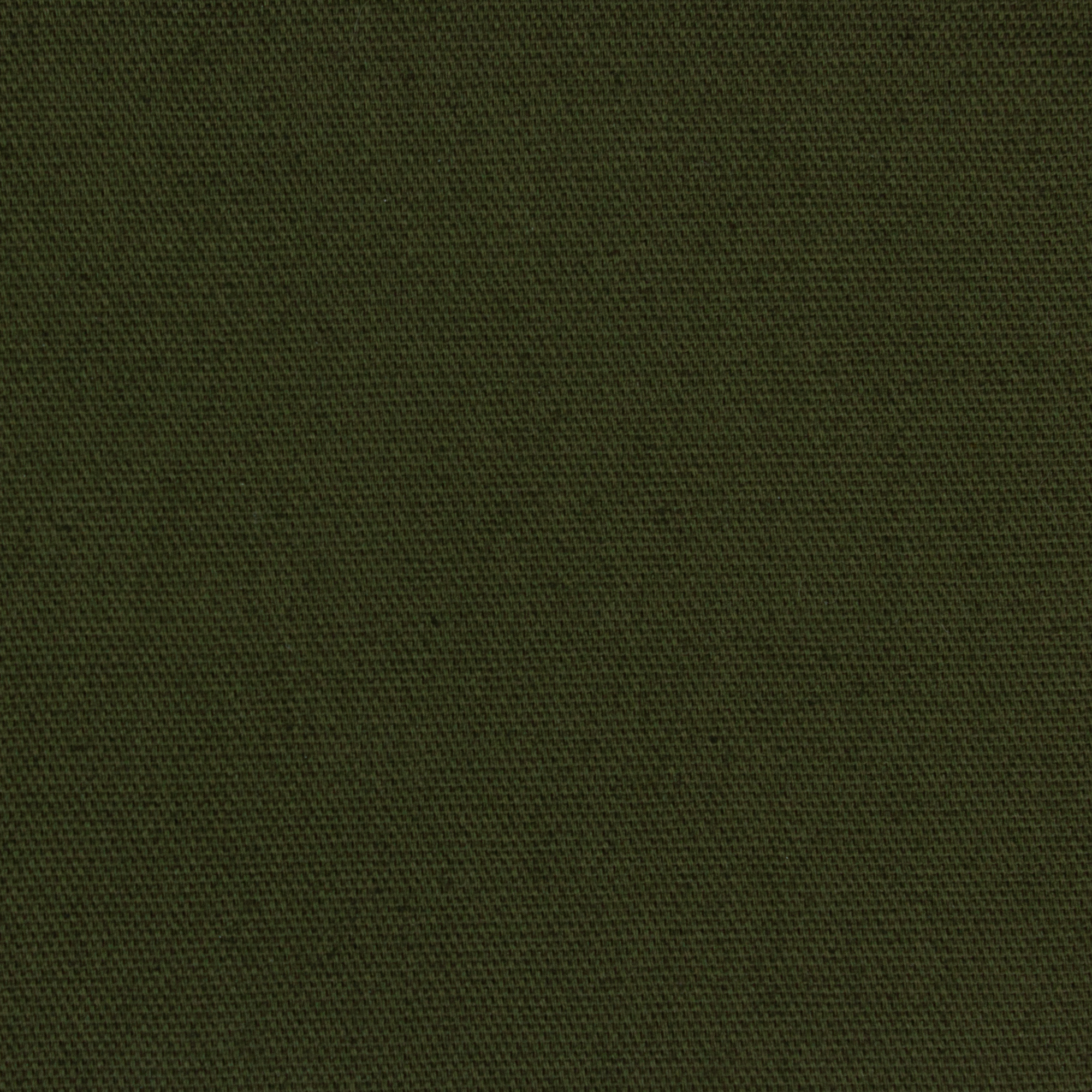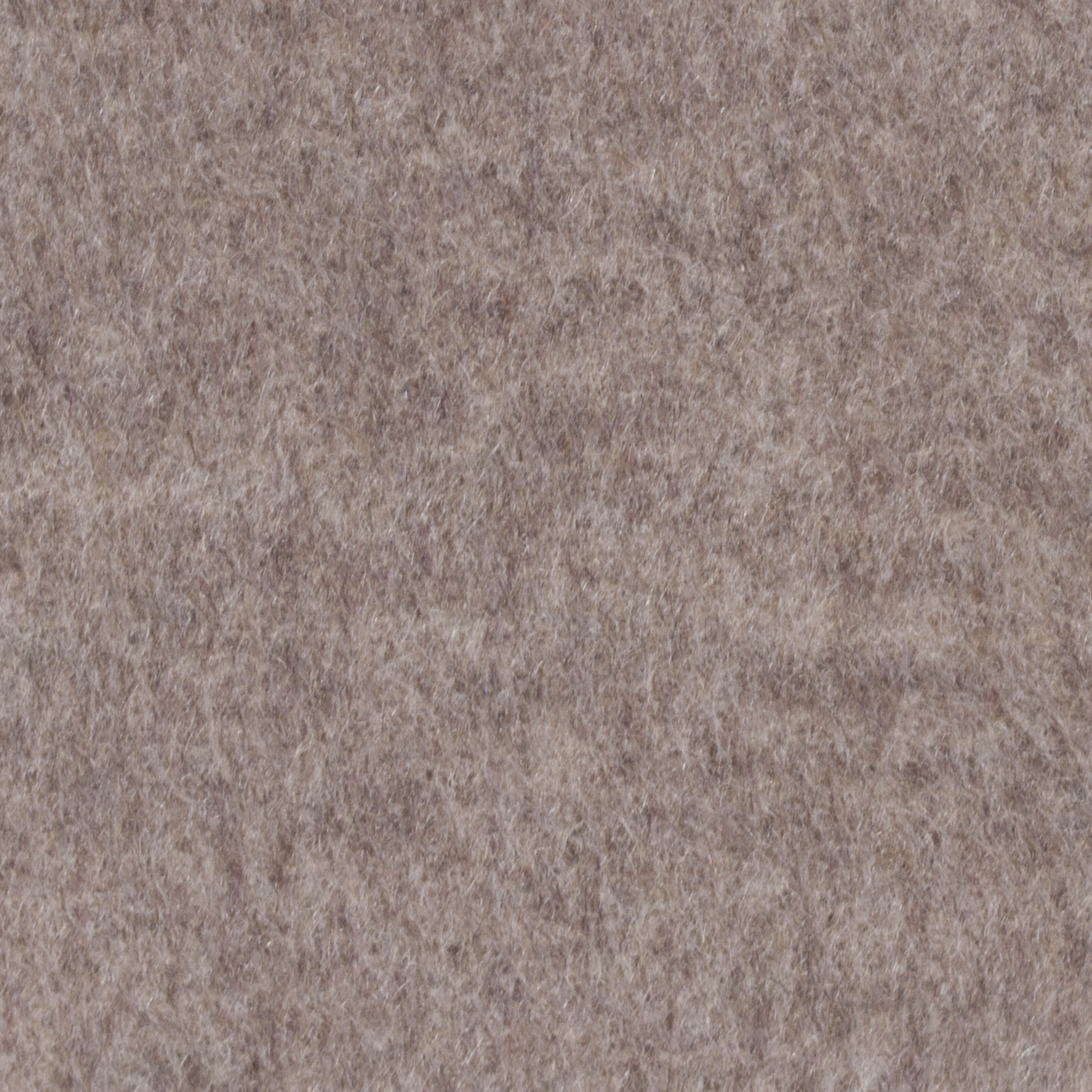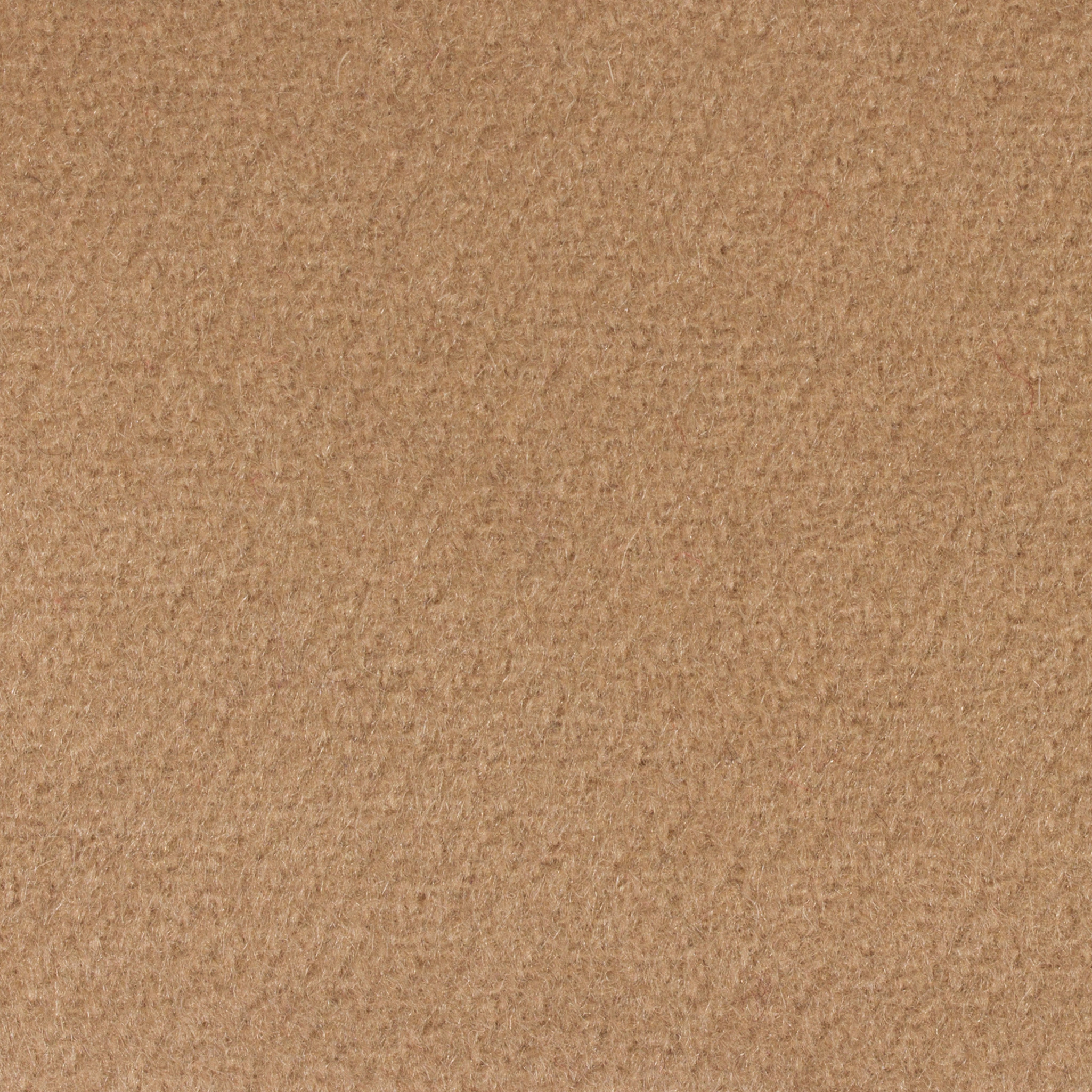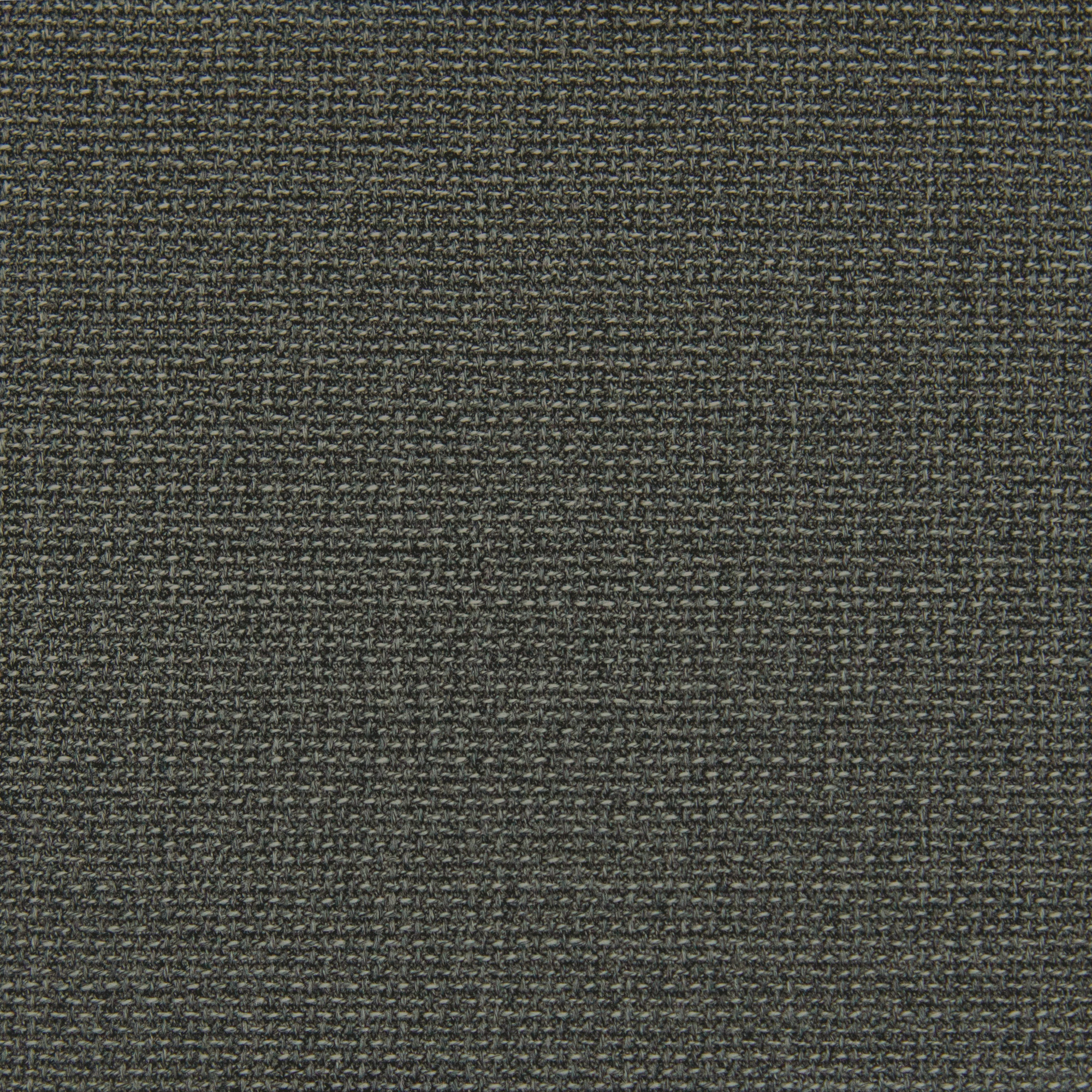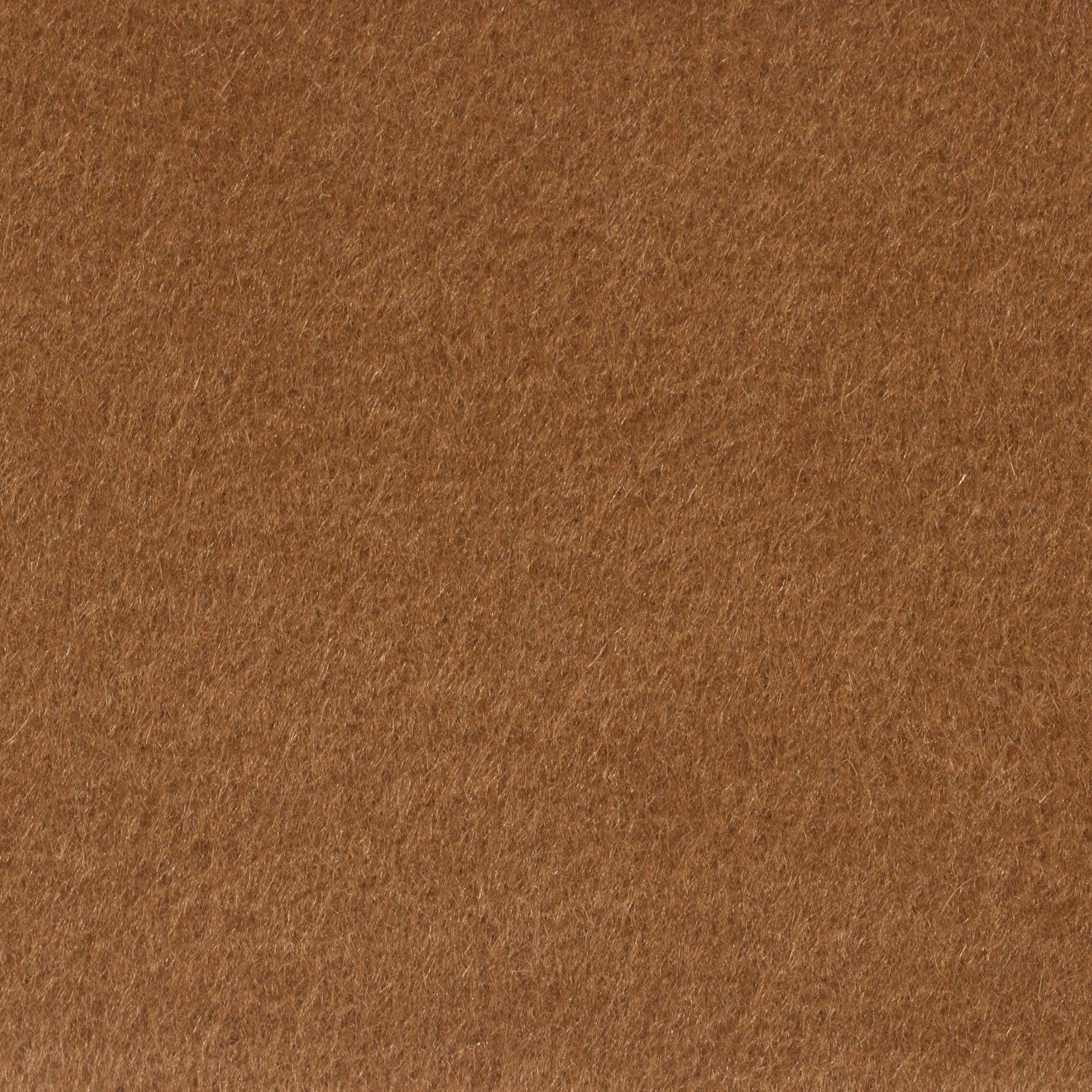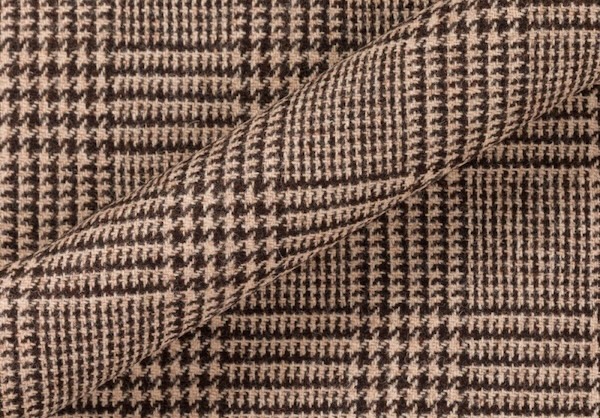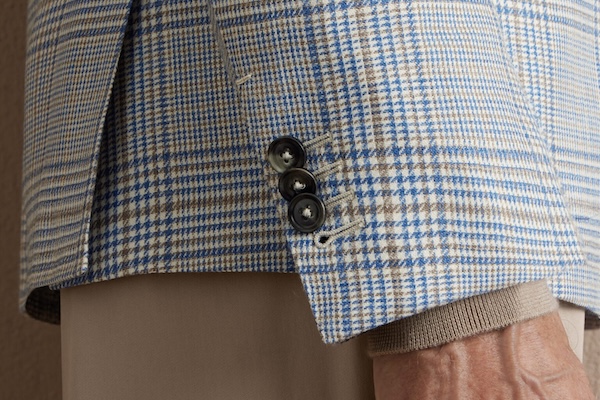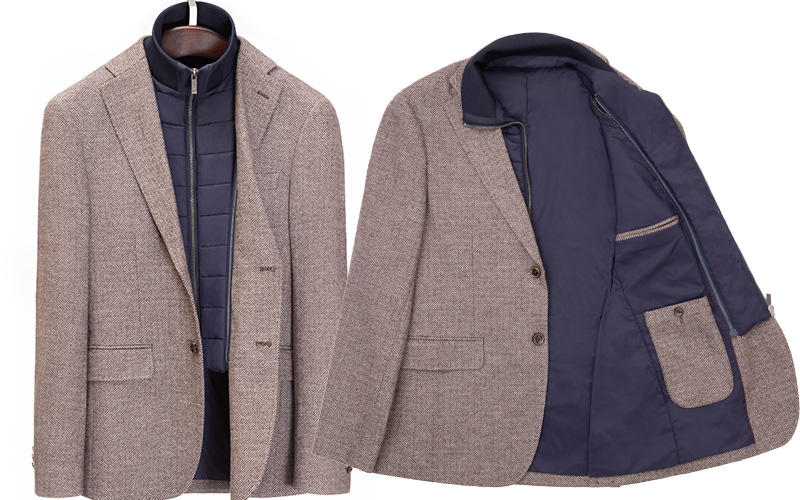GET 10% OFF FIRST ORDER. USE CODE FIRST10 AT CHECKOUT. CREATE ACCOUNT
- Bespoke & Custom
- BESPOKE VS CUSTOM
- IN PERSON APPOINTMENTS
Schedule an in-person appointment below where one of our expert stylists will personally take your measurements, and help you select the best fabrics & cut for your lifestyle.
- ORDER ONLINE
Existing Customers can create an account, customize their order and choose to use their previous style options and existing measurements.
New Clients can customize their order online and check out using standard sizes or save their order and book an appointment to meet us in person.
- VIRTUAL CONSULTATIONS
Our Virtual Consultations are perfect for new & existing clients who are not able to meet us at one of our Trunk Shows.
- Tailored Products
- DISCOVER OUR CUSTOM TAILORING
- Fabrics
- FABRICS
- FABRIC SWATCH SERVICE
Can’t make it to a Trunk Show? Choose up to 5 swatches from our extensive fabric library and have them delivered anywhere in the world for $50, which is fully redeemable on your purchase.
- How It Works
- Book an Appointment
- TRUNK SHOW LOCATIONS
-
![Trunkshow Tailor Greeting 1]() CUSTOM TAILORING TRUNKSHOWSWe know that your time is a luxury. That’s why we fly to you. Every month of the year, the Senszio travelling tailors and Stylists touch down in cities across the United States and Europe to host our in-demand Trunk Shows.
CUSTOM TAILORING TRUNKSHOWSWe know that your time is a luxury. That’s why we fly to you. Every month of the year, the Senszio travelling tailors and Stylists touch down in cities across the United States and Europe to host our in-demand Trunk Shows.
- THE BRIEFING
- THE BRIEFING
The modern gentleman’s guide to choosing a perfectly-fitted suit, the pleasures of custom tailoring and how to style yours today.
-
![Senszio Tweed]() HARRIS TWEEDElevate your style with the finest Scottish tradition.
HARRIS TWEEDElevate your style with the finest Scottish tradition. -
![Senszio Zegna Briefing]() CLOTH & FABRICZegna’s Anteprima album showcases the season’s custom styles with wool-silk-linen blends, silk suits, and bold formalwear.
CLOTH & FABRICZegna’s Anteprima album showcases the season’s custom styles with wool-silk-linen blends, silk suits, and bold formalwear.
- About
- OUR STORY
- SERVICE
-
![About Tailor Measurement 1]() STYLE WITHOUT BORDERSSenszio is the globe-trotting tailor that offers superior quality and a highly personalized service. From the United States to Europe, our custom tailored suits ensure that our international clientele consistently look the part, wherever in the world they may find themselves.
STYLE WITHOUT BORDERSSenszio is the globe-trotting tailor that offers superior quality and a highly personalized service. From the United States to Europe, our custom tailored suits ensure that our international clientele consistently look the part, wherever in the world they may find themselves.
- Fabrics
- Bespoke & Custom
- Bespoke & Custom
- Bespoke vs Custom
- Handmade Bespoke
- Custom Tailoring
- Custom Online
- What is the difference
- Our Products
- Casual Wear
- In person appointments
- In Person Appointments
Schedule an in-person appointment below where one of our expert stylists will personally take your measurements, and help you select the best fabrics & cut for your lifestyle.
- BOOK AN APPOINTMENT
- In Person Appointments
- Order Online
- ORDER ONLINE
Existing Customers can create an account, customize their order and choose to use their previous style options and existing measurements.
New Clients can customize their order online and check out using standard sizes or save their order and book an appointment to meet us in person.
- START CREATING
- ORDER ONLINE
- Virtual Consultations
- VIRTUAL CONSULTATIONS
Our Virtual Consultations are perfect for new & existing clients who are not able to meet us at one of our Trunk Shows.
- VIRTUAL APPOINTMENT
- CUSTOMISE ONLINE
- VIRTUAL CONSULTATIONS
- Tailored Products
- Fabrics
- How It Works
- Book an appointment
- BOOK AN APPOINTMENT
- TRUNK SHOW LOCATIONS
- EUROPE
- UNITED STATES
- ASIA
- CUSTOM TAILORING TRUNKSHOWS
- CUSTOM TAILORING TRUNKSHOWS
We know that your time is a luxury. That’s why we fly to you.
Every month of the year, the Senszio traveling tailors and Stylists touch down in cities across the United States and Europe to host our in-demand Trunk Shows
- BOOK AN APPOINTMENT
- VIEW LOCATIONS
- CUSTOM TAILORING TRUNKSHOWS
- The Briefing
- THE BRIEFING
The modern gentleman’s guide to choosing a perfectly-fitted suit, the pleasures of custom tailoring and how to style yours today.
- AFTERCARE
- CLOTH & FABRIC
- GUIDE & OCCASIONS
- MODERN STYLE
- Fall/Winter Lookbook 2023/2024
- THE BRIEFING
- About
Common Suit Trivia, Questions and Details

Read this short list of questions and answers that could be considered suit trivia or must know details in the world of bespoke tailoring. You decide.
When was the first suit tailored?
Today’s suits have their roots in the early 19th century. Until then, formal wear had been elaborately embroidered and jewelled items. But in the British Regency period, styles became simpler, before becoming highly formal during the reign of Queen Victoria. However, tailors saw a need for greater comfort and today’s lounge suit was born in the late 19th century.
Why do men wear suits to work?
A good suit goes a long way in the world of men. They are the expected attire for any semi-formal occasion and expected in most work environments. What about saving money? You need just a couple of good suits for work and won’t have to spend a lot on casual shirts and trousers. You will feel better when you’ve taken time over your appearance and will perform better as a result. Suits are a great way of making a good impression at an interview by the rule of dressing one level above the expected attire to show your professionalism and as a show of respect for the position.
What is meant by ends and picks by centimeter?
Ends refer to the vertical warp threads in a centimetre of fabric while picks denote the horizontal weft threads in a centimetre of fabric. In general, the higher the number of ends and picks in a centimetre of fabric, the richer it will be in quality, handle and design definition.
What is a yarn count?
The count (or thickness) of a cotton yarn is based on the traditional English system and is equal to the number 840-yard (764 metre) skeins required to weight 1 pound. (0.453kg) Under this system, the higher the number of yarn count, the finer the yarn and thus more precious the fabric will be.
When two yarns are twisted or folded together the yarn count number is halved so 1/50s and 2/100s are actually the same thickness.
-
SHOP
CUSTOMER CARE
ABOUT
-
BRUSSELS | HONG KONG | NEW YORK
2025 © SENSZIO, ALL RIGHTS RESERVED.
By using our website you consent to our use of cookies in accordance with our Cookie Policy.
Senszio uses cookies.
